- All Wellness
- All Skin Care
- Moisturizers
- Mineral Sunscreens
- Sunscreens for Kids
- Sunscreens for Dark Skin
- SPF Lip Balms
- Under Eye Patches
- All Hair Care
- Purple Shampoos
- Thinning Hair
- Head Shavers
- Hair Dryers
- All Oral Care
- Electric Toothbrushes
- Toothpastes
- Mouthwashes
- Water Flossers
- Meal Kit Delivery
- Gluten-Free Meal Kit Delivery
- Disposable Face Masks
- Air Purifiers
- Eco-Friendly Laundry Detergents
- Natural Deodorants
- Period Underwear
- All Fitness
- Exercise Bikes
- Walking Shoes
- Fitness Trackers
- Reusable Water Bottles
- Blackout Curtains
- Sound Machines
- Home & Kitchen
- All Home & Kitchen
- Kitchen Appliances & Tools
- All Kitchen Appliances & Tools
- Coffee Makers
- Kitchen Gadgets
- Small Home Appliances
- All Small Home Appliances
- Air Conditioners
- Space Heaters
- Humidifiers
- Bedding & Bath
- All Bedding & Bath
- Bath Towels
- Silk Pillowcases
- Duvet Inserts
- Office Chairs
- Standing Desks
- Desk Organizers
- Seat Cushions
- Under Desk Ellipticals
- All Outdoor
- Raised Garden Boxes
- Garden Hoses
- Beach Towels
- Solar Pool Covers
- Grilling Accessories
- Electronics
- All Electronics
- Wifi Routers
- Gaming Consoles
- Streaming Devices
- Instant Cameras
- Handheld Gaming Consoles
- 3D Printers
- All Headphones
- Noise Canceling
- Wireless Earbuds
- Smart Gadgets
- All Smart Gadgets
- Smart Watches
- Smart Bulbs
- Garage Door Openers
- All Computers
- Gaming Laptops
- Laptops for College Students
- Computer Monitors
- Ergonomic Keyboards
- Dog Carriers
- Litter Boxes
- Scratching Posts
- Cat Carriers
- All Pet Care
- Nail Clippers
- Flea & Tick
- All Luggage
- Lightweight
- Weekender Bags
- Accessories
- All Accessories
- Luggage Tags
- Travel Pillows
- Tech Gadgets
- Packing & Organization
- All Packing & Organization
- Packing Cubes
- Toiletry Bags
- Gift Guides
- All Gift Guides
- Valentine's Day
- All Valentine's Day
- For Any Loved Ones
- Mother's Day
- All Mother's Day
- Last Minute Gifts
- Best Mother's Day Gifts
- For Moms Who Have Everything
- Best from Amazon
- All Graduation
- For College Grads
- For High School Grads
- For Teachers
- Father's Day
- All Father's Day
- Best Father's Day Gifts
- For Dads Who Love Fishing
- Holiday Season & Christmas
- All Holiday Season & Christmas
- Gifts Under $25
- Practical Gifts
- Other occasions & loved ones
- All Other occasions & loved ones
- For Grandparents
- For Bridal Shower
- For New Parents
- For Any Occasion
- Deals & Sales
- All Deals & Sales
- Most Popular This Month
- Sales This Week
- New & Notable
- What to Buy This Month
- CNBC Select
- All CNBC Select
- Credit Cards
- Small Business
- Personal Finance
- Credit Monitoring
- Help for Low Credit Scores
- Sign up for the Select Newsletter
- Check out Shop TODAY
- Privacy Policy
- Do Not Sell My Personal Information
- Terms Of Service
- NBC News Sitemap
Follow Select

7 travel pill cases to keep your meds organized
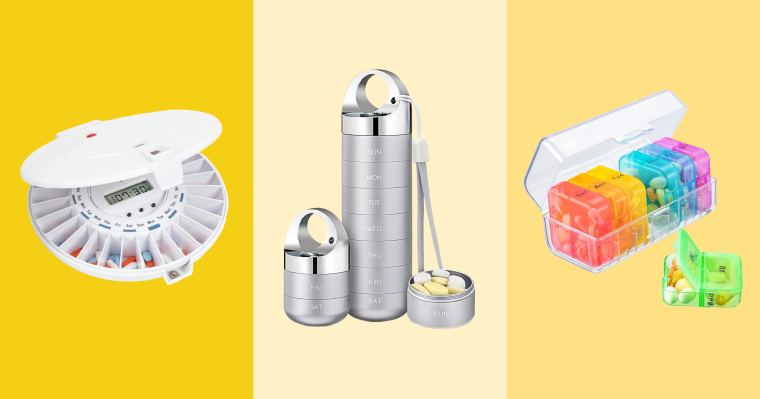
Whether you are going on a trip or just need a way to keep your medications straight, a travel pill case can help. “They keep you organized so you can more easily remember to take your medications as prescribed each day,” says Dr. Karla Robinson , a board-certified family physician and medical editor at GoodRx. “They can also help you keep track of medication you’ve already taken for the day, to prevent taking extra doses by mistake.”
Travel pill cases or organizers can especially be helpful on a trip because they are easier to pack than multiple pill bottles, says Robinson. Don’t take prescription medication? They can also be used for supplements and vitamins.
SKIP AHEAD How we picked the best travel pill cases | The best travel pill cases of 2024 | How to shop for a travel pill case
Selected Our top picks.
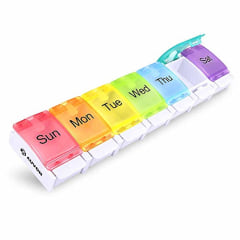
select 34 top-rated Amazon travel accessories for your next trip
How we picked the best travel pill cases.
The right travel pill case for you will have to do with your specific needs. However, the experts we spoke with did say there are some universal things that everyone should look for. Those characteristics include:
- Delineated compartments: Most travel pill cases come with different areas to hold at least a week’s worth of medication and our experts recommend paying close attention to the way those compartments are situated. Look for clearly delineated compartments for each day if you take medication once a day or enough compartments for multiple times of day (morning, noon, evening, bedtime) if you take things at different times over 24 hours, says Alice Benjamin, a nurse practitioner and founder of the lifestyle website Ask Nurse Alice .
- Closing mechanism: If you plan on traveling with your pill case, chances are it may get jostled around your suitcase. “Ensure your pill case has a secure closure mechanism to prevent accidental spills or openings, which could lead to medication mix-ups,” says Benjamin. “And if you have small children or pets at home, a pill case with a child-resistant or secure locking mechanism is important for safety.”
- Clear labeling: “For people with visual impairments, larger markings, clear labeling or high-contrast design can be very helpful,” says Benjamin. “Some pill cases even have braille or raised text for tactile identification.” Even if you don’t have visual impairments, clear labeling can make it quick and easy to grab the medication you need and go.
The best travel pill cases of 2024
We consulted with medical professionals about what to look for when shopping for a travel pill case. Then, using their guidance, we rounded up highly rated options from top retailers.
Auvon Weekly Pill Organizer

This case stores up to seven days’ worth of medication and each compartment has a different colored lid and is labeled with the day of the week. Each compartment can hold up to 12 large vitamins and the lids stay firmly shut until you push the button to open them, according to the brand. Because this case has one large compartment for each day, it’s best for people who take all their pills at the same time of day. This option has a 4.8-star average from over 47,800 reviews on Amazon.
Zannaki Metal Travel Pill Organizer
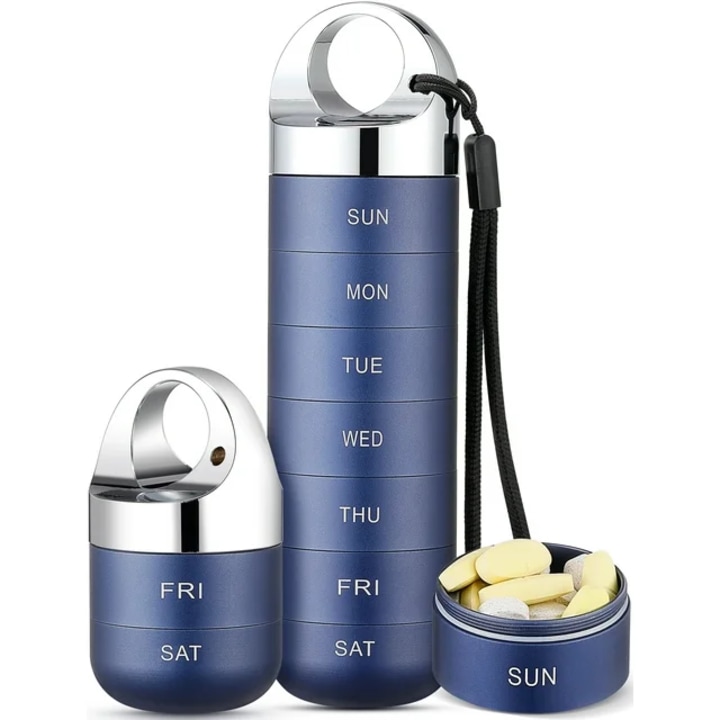
Zannaki Metal Travel Pill Organizer
This aluminum pill organizer is made up of seven compartments that screw together to form a larger vessel that’s shaped like, well, a big pill. Each compartment is labeled with the day of the week and can hold up to eight fish oil pills or 16 large vitamins, according to the brand. When closed, the compartments are airtight and keep out moisture, according to Zannaki. This pill organizer has a 4.5-star average from over 1,350 reviews on Amazon and comes in six colors — including matte pink , ice blue and midnight black .
Zoksi Weekly Pill Organizer
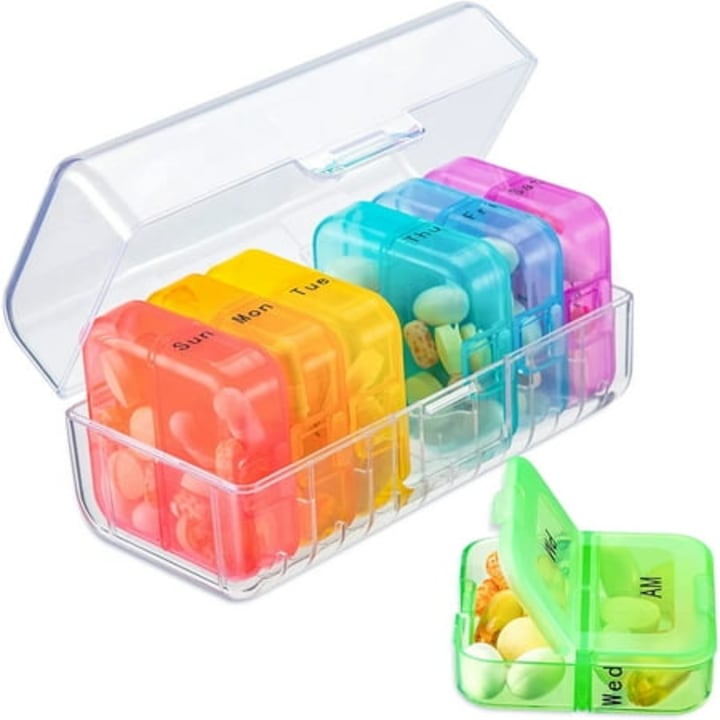
If you need to take medication or supplements in the morning and then again at night, this pill organizer may be a good option for you. Inside a larger box that locks shut with a plastic clasp sits seven smaller containers that each have two compartments. Each container comes in a different rainbow hue and is labeled with a day of the week on the side. When pulled out and laid flat, each container is split down the middle and can be opened on either side.You can take the larger container if you will be away for a week or can just select a few of the smaller containers if you are taking a shorter trip. This pill organizer has a 4.8-star average from over 8,600 reviews on Amazon.
Koviuu Weekly Pill Organizer
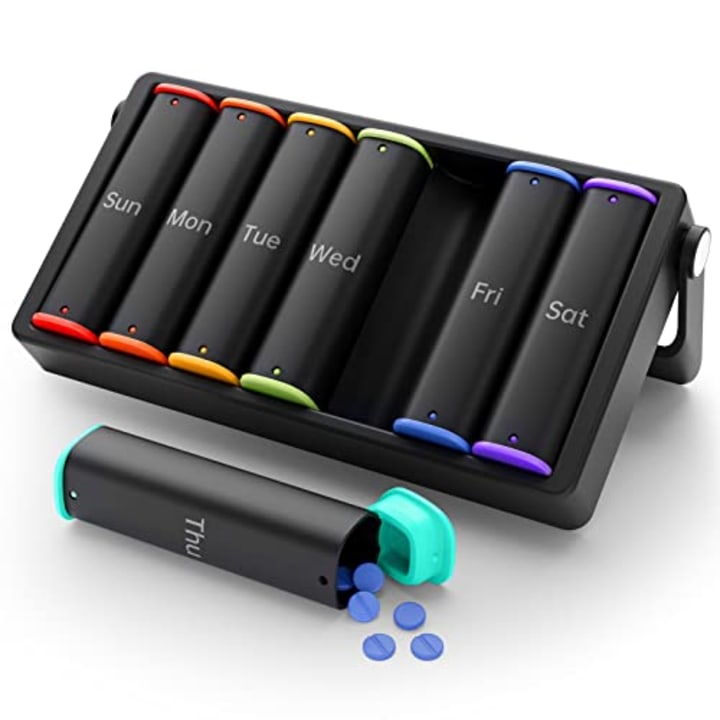
My husband recently bought this to keep his daily vitamins and supplements in and I love how chic it looks sitting on our bathroom counter. Made from BPA-free plastic, there are seven individual canisters (each labeled with a day of the week) that slot into a larger container to keep them all together and secure. Each canister is shaped like a skinny tube and can be opened from either end. Inside, there is a divider. So, you can put your morning medication in the top and your evening medications in the bottom. The larger container everything fits in has a rotating handle. When closed, it keeps the canisters locked in place and when opened, it props up the container at an angle so you can easily see your canisters.
Ezy Dose Push Button Pill Case
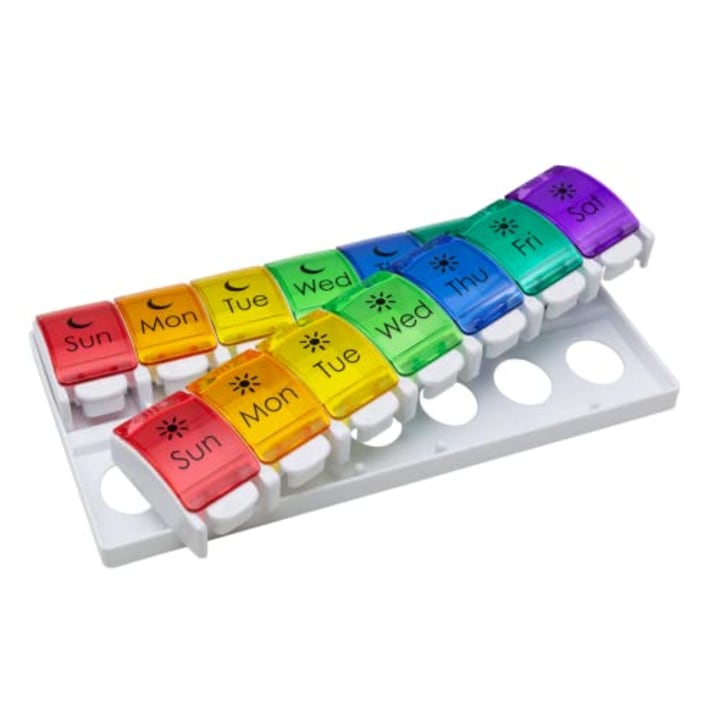
Ezy Dose Push Button Pill Case
Made for people who take medications twice a day, this pill case has two removable trays. Each one has seven compartments labeled with the day of the week and one tray has moons on each compartment to denote the medication you take at night, while the other has suns for the medication you take in the morning. Each compartment has a push button that opens it and can fit up to 60 Aspirin, according to the brand. This pill case has a 4.6-star average from over 89,000 reviews on Amazon.
Mossime 2-Pack Weekly Large Pill Organizer
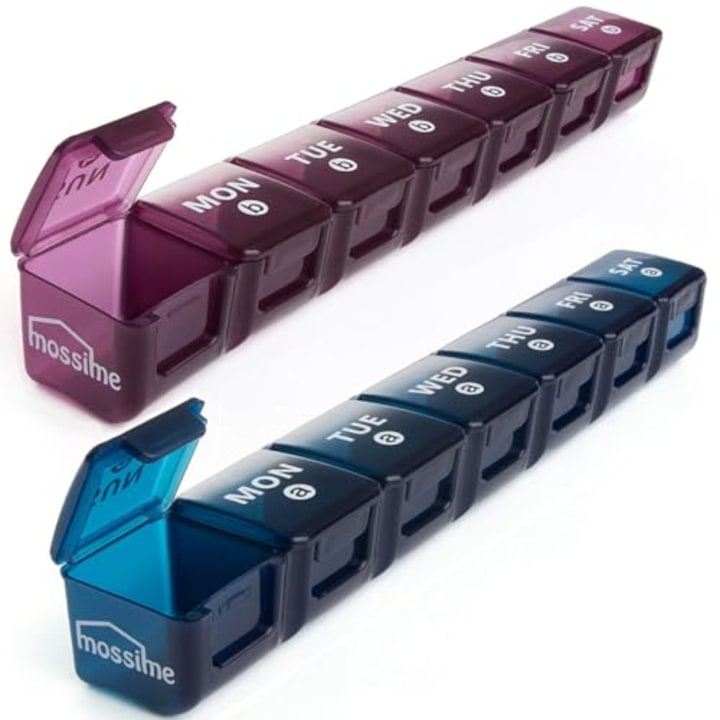
If you need to be able to travel with two weeks’ worth of medications or want to buy a one-week organizer for both you and your significant other, this two-pack is for you. For under $10, you get two separate pill cases that have seven separate compartments, each marked with a day of the week. Each container is a different color, making it easy to differentiate them. The compartments can each hold up to eight large supplements and the lids snap closed, according to the brand. This two-pack has a 4.6-star average from 2,900 reviews on Amazon.
Med-E-Lert Premium Locking Automatic Pill Dispenser
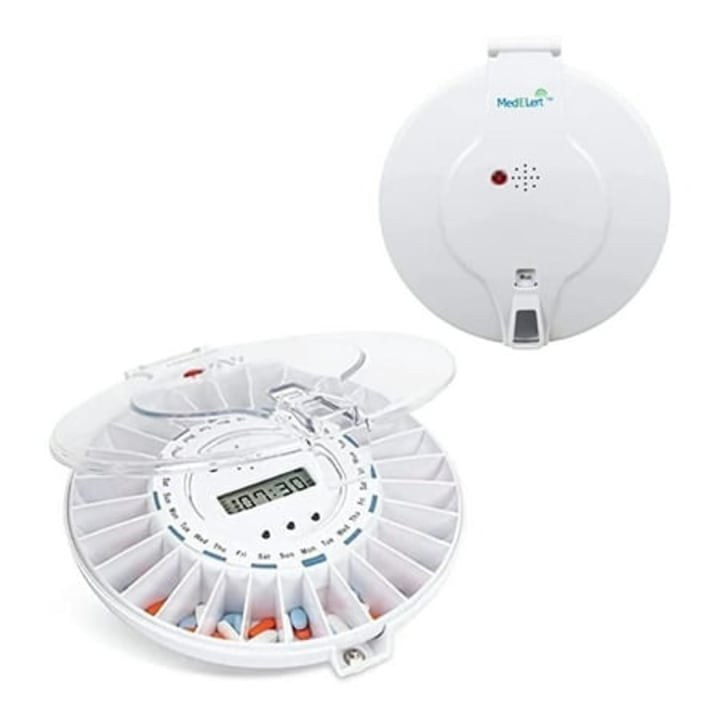
Benjamin recommends a locking pill case for anyone with children and says choosing one with an alarm can be helpful for those who tend to forget to take their medication. This pill case delivers on both fronts. This pill organizer has 28 compartments, which equates to four weeks worth of once-a-day doses or two weeks worth of twice-a-day doses. You can program up to six alarms and set it so that when the alarm goes off, only the medication you are supposed to take at that time is accessible. In between uses, you can lock the case with a key. This case has a 4.3-star average from over 3,200 reviews on Amazon.
Questions to ask yourself when shopping for a travel pill case
Shopping for a travel pill case is highly personal, as everyone has different needs when it comes to medications and supplements. To ensure you select a travel pill case best suited for you, experts recommend asking yourself these questions.
What are your storage needs?
If you take only a few pills a day, you may be fine with a smaller case. If you take more medication or need to take things at different times of the day, a larger option with more compartments will serve you better. “That said, if you are traveling, I always recommend packing more than you will technically need,” says Robinson. “That way you are covered if something happens.” With this in mind, selecting something that will fit a bit more than you think you’ll need is wise.
How will you be using your pill case?
Will you only be using your pill case when you travel? Or do you want something to put on your counter at home so your pills are organized and easy to remember? This may influence your choice. If you are just throwing it in a suitcase, you may not need to worry about aesthetics as much. But if it will be sitting out on your counter, consider something that you won’t mind looking at every day.
Are your medications light-sensitive?
The potency of some medications can be impacted if they are exposed to moisture and light, says Benjamin. Since bathrooms can get humid thanks to hot showers, you want a pill case that closes tightly so your medications aren’t exposed to that humid air. If you are taking a medication that shouldn’t be exposed to light, you’ll want to look for an opaque or darkly tinted pill case. In terms of maintaining the integrity of your medications, washing your pill case with soap and water regularly is also important — it ensures you aren’t transferring bacteria or residue to new medication you add in there, says Robinson.
Meet our experts
At Select, we work with experts who have specialized knowledge and authority based on relevant training and/or experience. We also take steps to ensure all expert advice and recommendations are made independently and without undisclosed financial conflicts of interest.
- Dr. Karla Robinson i s a board-certified family physician and medical editor at GoodRx.
- Alice Benjamin is a nurse practitioner and founder of the lifestyle website Ask Nurse Alice .
Why trust Select?
Bethany Heitman is a contributor at NBC Select and a journalist who regularly covers topics like beauty, home and lifestyle. For this story, she spoke to two medical professionals about what to consider when shopping for a travel pill case.
Catch up on Select’s in-depth coverage of personal finance , tech and tools , wellness and more, and follow us on Facebook , Instagram , Twitter and TikTok to stay up to date.
Bethany Heitman is a contributing editor at NBC Select.

An official website of the United States government
Here’s how you know
Official websites use .gov A .gov website belongs to an official government organization in the United States.
Secure .gov websites use HTTPS A lock ( Lock A locked padlock ) or https:// means you’ve safely connected to the .gov website. Share sensitive information only on official, secure websites.
Can you pack your meds in a pill case and more questions answered
One of the more popular questions we get from travelers is: “Can I travel with my medication?” The answer is yes, with some qualifiers. Here are a few tips that you might find helpful.
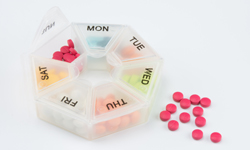
- Medication in liquid form is allowed in carry-on bags in excess of 3.4 ounces in reasonable quantities for the flight. It is not necessary to place medically required liquids in a zip-top bag. However, you must tell the officer that you have medically necessary liquids at the start of the screening checkpoint process. Medically required liquids will be subject to additional screening that could include being asked to open the container.
- You can bring your medication in pill or solid form in unlimited amounts as long as it is screened.
- You can travel with your medication in both carry-on and checked baggage. It’s highly recommended you place these items in your carry-on in the event that you need immediate access.
- TSA does not require passengers to have medications in prescription bottles, but states have individual laws regarding the labeling of prescription medication with which passengers need to comply.
- Medication is usually screened by X-ray; however, if a passenger does not want a medication X-rayed, he or she may ask for a visual inspection instead. This request must be made before any items are sent through the X-ray tunnel.
- Nitroglycerin tablets and spray (used to treat episodes of angina in people who have coronary artery disease) are permitted and have never been prohibited.
Get Daily Travel Tips & Deals!
By proceeding, you agree to our Privacy Policy and Terms of Use .
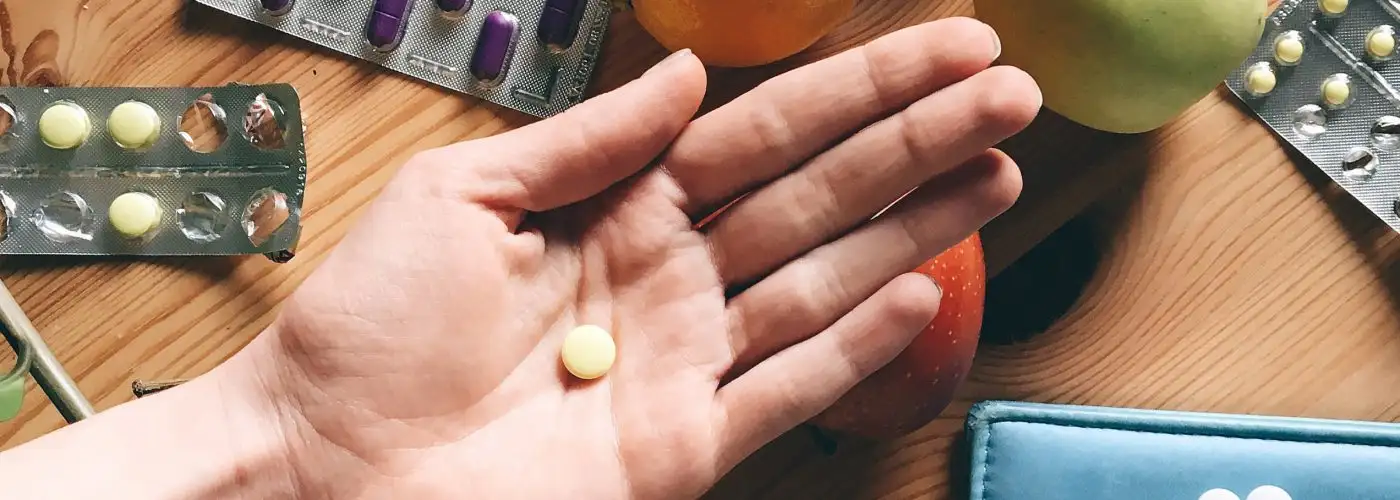
9 Over-the-Counter Medicines You Should Pack for Every Trip
Ashley Rossi
Ashley Rossi is always ready for her next trip. Follow her on Twitter and Instagram for travel tips, destination ideas, and off the beaten path spots.
After interning at SmarterTravel, Ashley joined the team full time in 2015. She's lived on three continents, but still never knows where her next adventure will take her. She's always searching for upcoming destination hotspots, secluded retreats, and hidden gems to share with the world.
Ashley's stories have been featured online on USA Today, Business Insider, TripAdvisor, Huffington Post, Jetsetter, and Yahoo! Travel, as well as other publications.
The Handy Item I Always Pack : "A reusable filtered water bottle—it saves you money, keeps you hydrated, and eliminates waste—win-win."
Ultimate Bucket List Experience : "A week in a bamboo beach hut on India's Andaman Islands."
Travel Motto : "Travel light, often, and in good company."
Aisle, Window, or Middle Seat : "Window—best view in the house."
Travel Smarter! Sign up for our free newsletter.
Whether due to bad luck or unhealthy habits, I’ve gotten sick on the past few trips I’ve been on, which inspired me to find some travel medications to take with me in the future.
In preparing for a longer international trip, I visited a travel clinic and did some research on the CDC’s website. I was happy to find this checklist for a healthy trip and have included some over-the-counter medicine recommendations below.
It’s worth noting that you may also need some prescription medications (and/or vaccines) for things like malaria and altitude sickness , so if you’re traveling for an extended period of time, participating in a physically active trip, or headed to a remote country, make sure to visit a travel clinic .
Note that I didn’t include any first-aid items on this list because there’s an entirely different packing list for that: Download here .
Over-the-Counter Diarrhea Medicine: Imodium or Pepto-Bismol
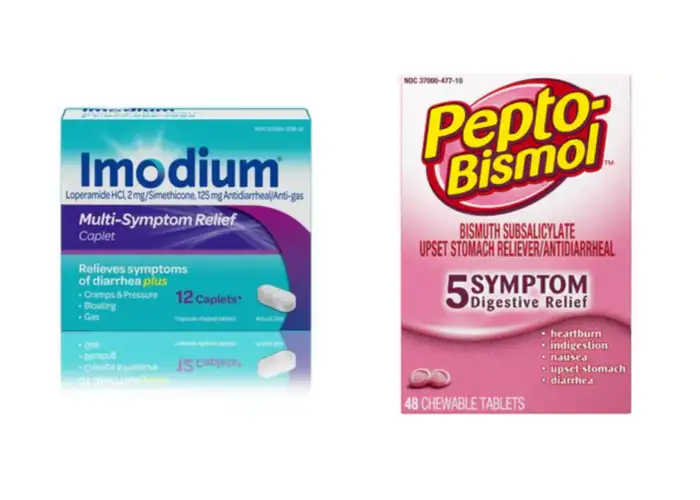
Ah, the most common and arguably most uncomfortable sickness to get when you travel. Though it’s most often caused by contaminated food or water, traveler’s diarrhea can happen anywhere—so it’s a good idea to bring an anti-diarrheal medication no matter the destination or type of trip.
Buy: Imodium or Pepto-Bismol

Over–the-Counter Antacid: TUMS or Pepcid
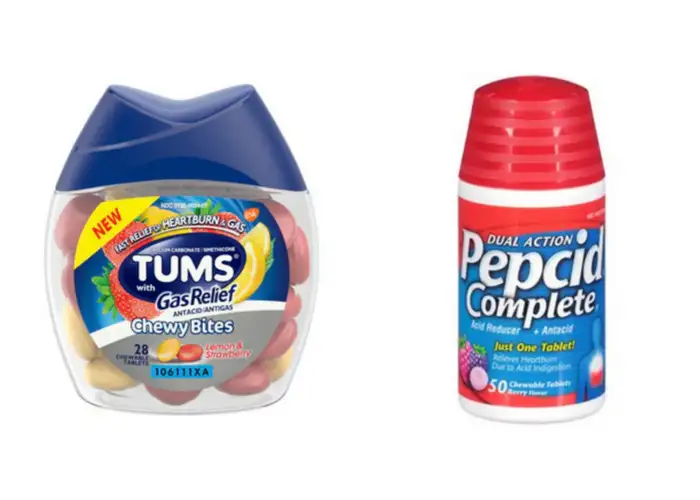
The last thing anyone wants to do on vacation is walk around with a stomachache or heartburn, especially with all the new food and drink you might want to try. Carry antacids on your trip and you can overindulge all you want.
Buy: TUMS or Pepcid
Over-the-Counter Antihistamine: Claritin or Zyrtec
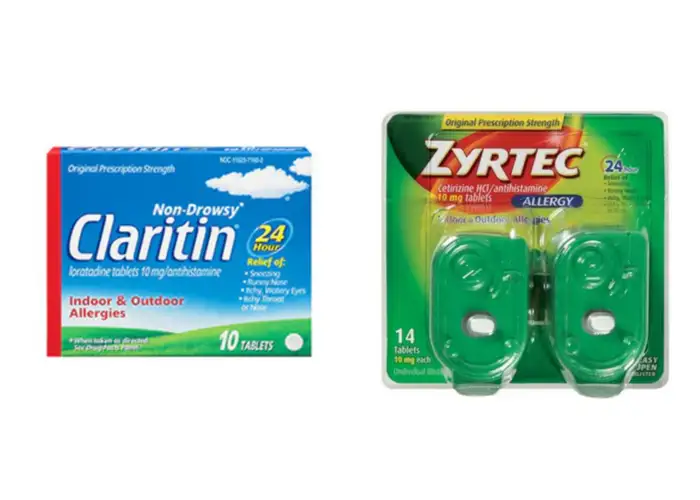
You can never be sure when allergies are going to creep up on you while traveling, especially if you’re headed to another climate. Combat its symptoms, including a stuffy nose, itchy eyes, and sneezing, by packing this travel medication.
Buy: Claritin or Zyrtec
Over-the-Counter Motion Sickness Medicine: Bonine or Dramamine
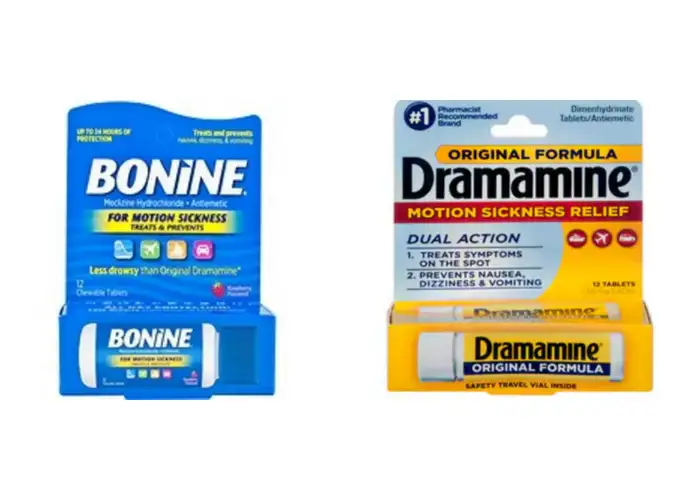
Nothing can ruin your travels quite like motion sickness on a plane, train, bus, or cruise ship. Instead of confining yourself to a trip of nausea and dizziness, bring medicine to travel like a champ. Benadryl, an antihistamine, can also work for motion sickness, but watch out for drowsiness.
Buy: Bonine or Dramamine
Over-the-Counter Cough Drops or Suppressant: Ricola or Halls
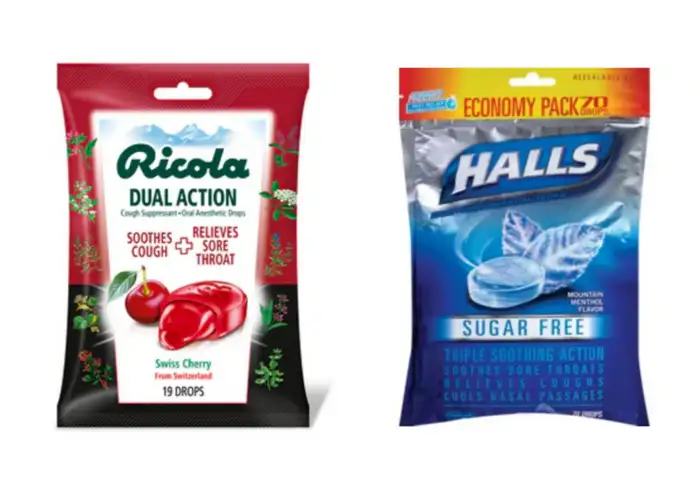
You’re at an increased risk for getting sick while traveling as your germ exposure skyrockets. Cough drops can bring temporary relief to a sore or ticklish throat and silence your coughs so you don’t annoy fellow travelers.
Buy: Ricola or Halls
Over–the-Counter Decongestant: Sinex or Sudafed
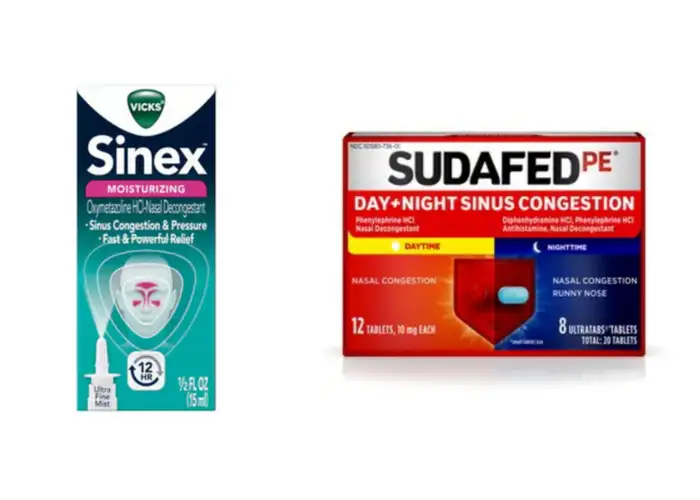
Nobody likes traveling while congested. Whether it’s a cold or allergies, these over-the-counter medicines can relieve congestion and clear your head. Just make sure you pick a non-drowsy kind if you’re taking this during the day.
Buy: Sinex or Sudafed
Over–the-Counter Pain and Fever Medicine: Tylenol or Advil
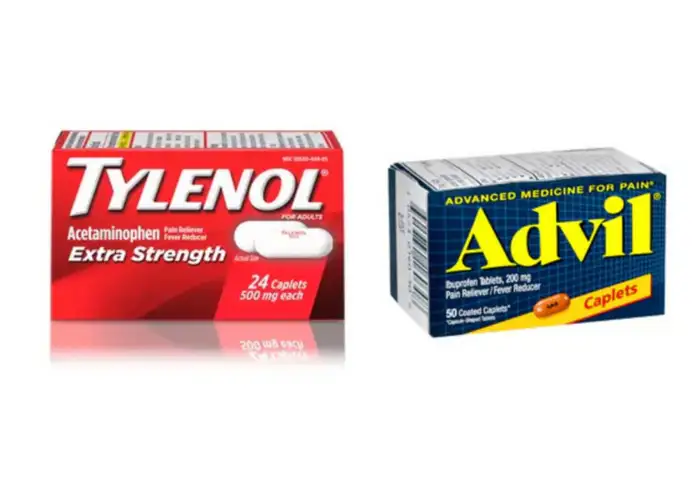
Instead of lying in bed all day, take pain and fever medicine so you can focus on being a tourist. These over-the-counter medicines can help with common travel ailments such as achy feet or jet lag-induced headaches.
Buy: Tylenol or Advil
Over-the-Counter Mild Laxative: MiraLAX or Dulcolax
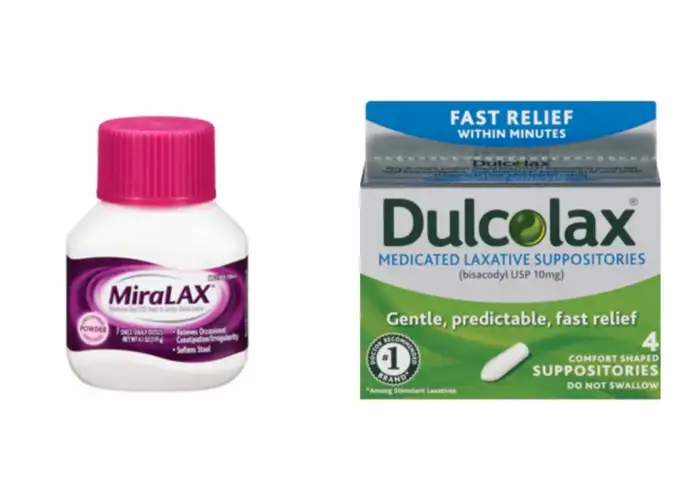
All I’ll say is that you won’t regret packing these.
Buy: MiraLAX or Dulcolax
Over-the-Counter Mild Sedative or Sleep Aid: ZzzQuil or Tylenol PM
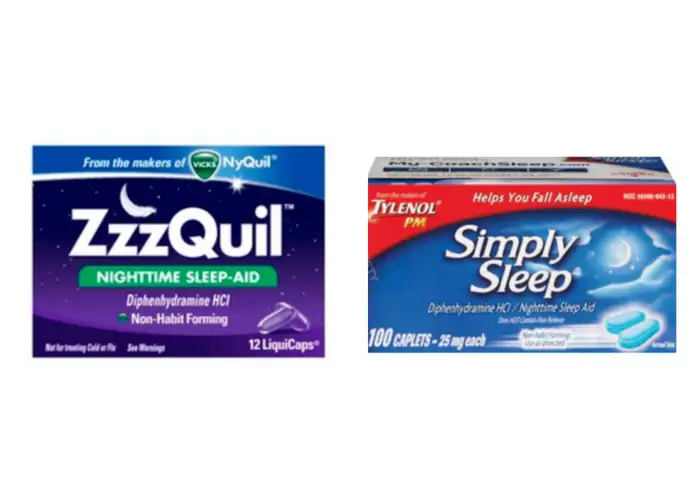
Maybe you’re staying in a noisy place or you’re so jet-lagged you can’t sleep. Either way, these sleep aids will make sure you’re refreshed and ready for a day of travel.
Buy: ZzzQuil or Tylenol PM
Pin the Over-the-Counter Medical Travel List:
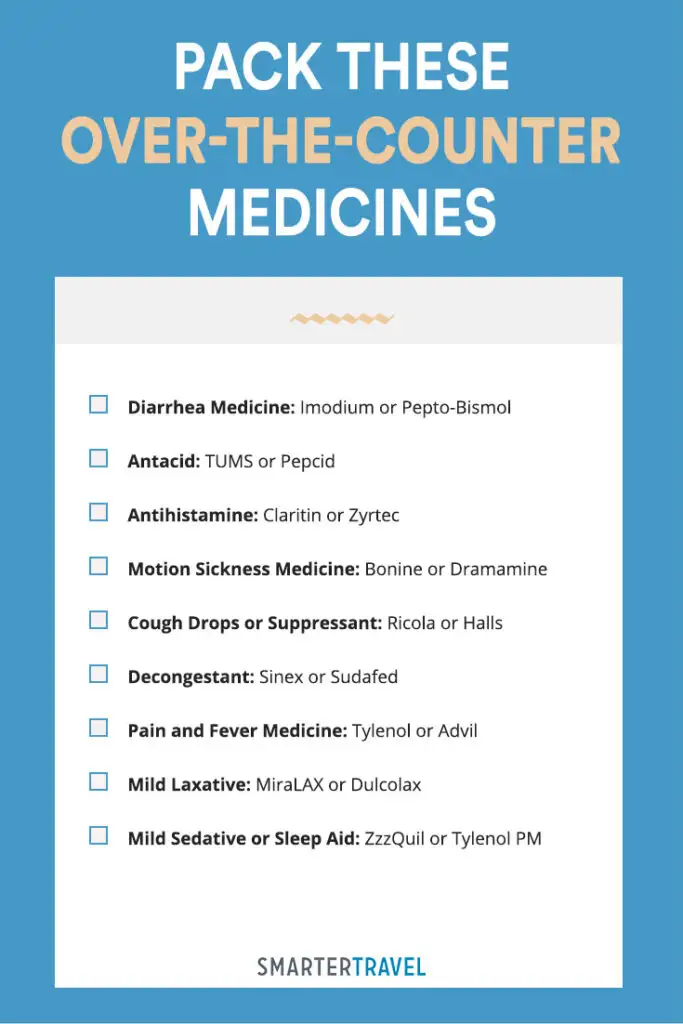
What to Pack on Your Next Trip
Women’s business casual outfit for travel with carry-on, shop the look.

Ribbed Puff Sleeve Tee

Dress Pant Yoga Pants

Stainless Steel Water Bottle
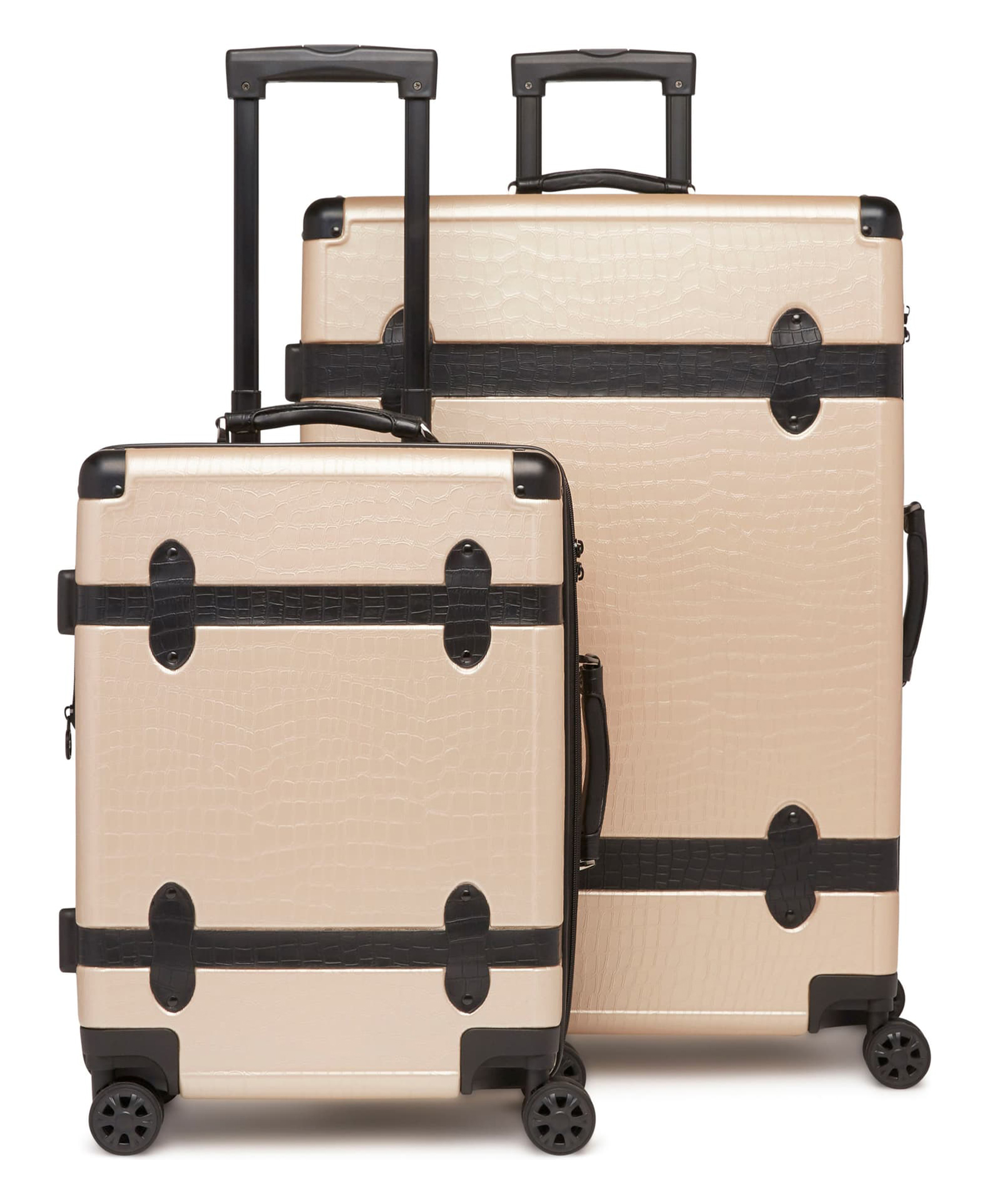
20-Inch & 28-Inch Trunk Rolling Luggage Set
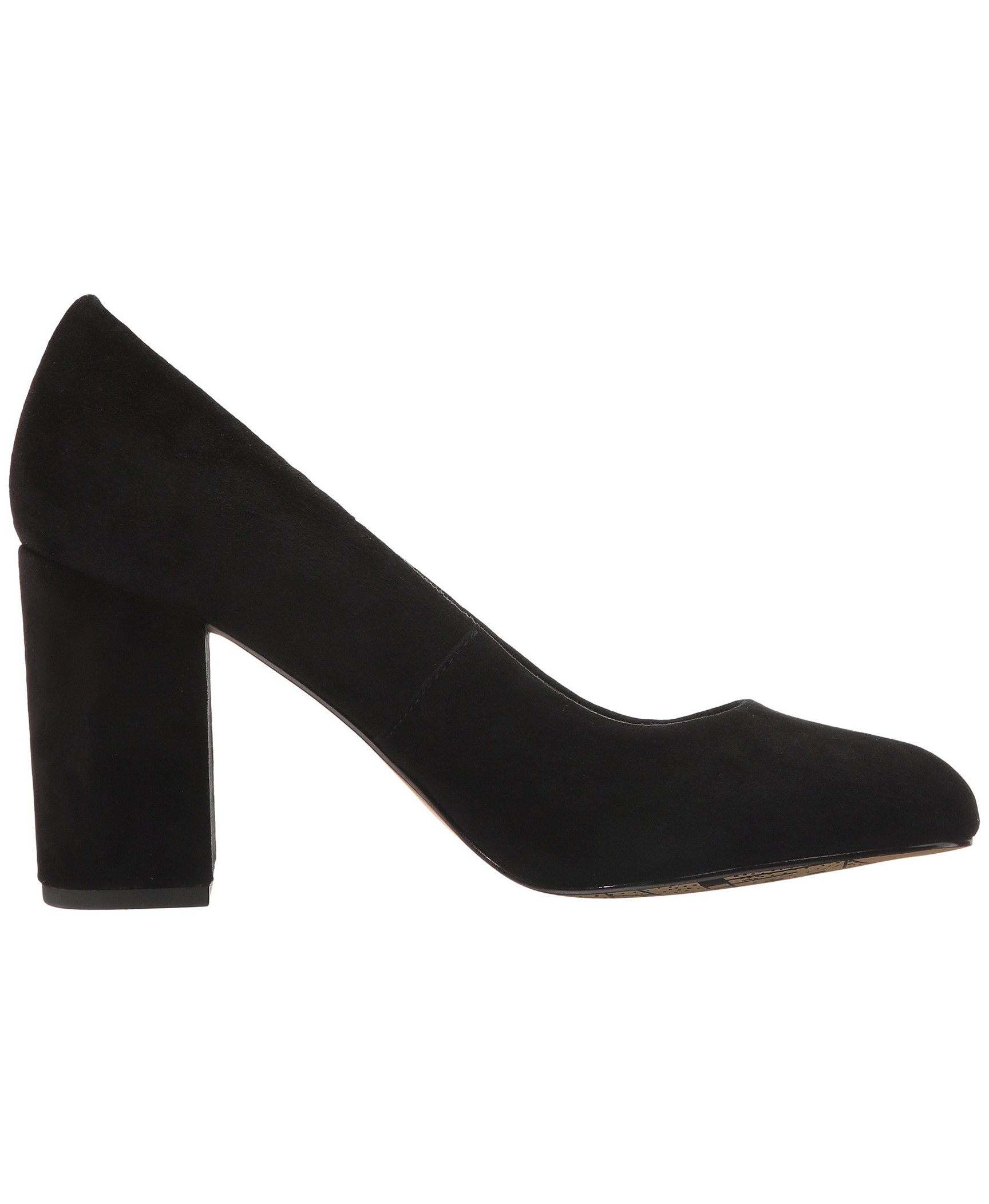
How to Pack your Carry-On
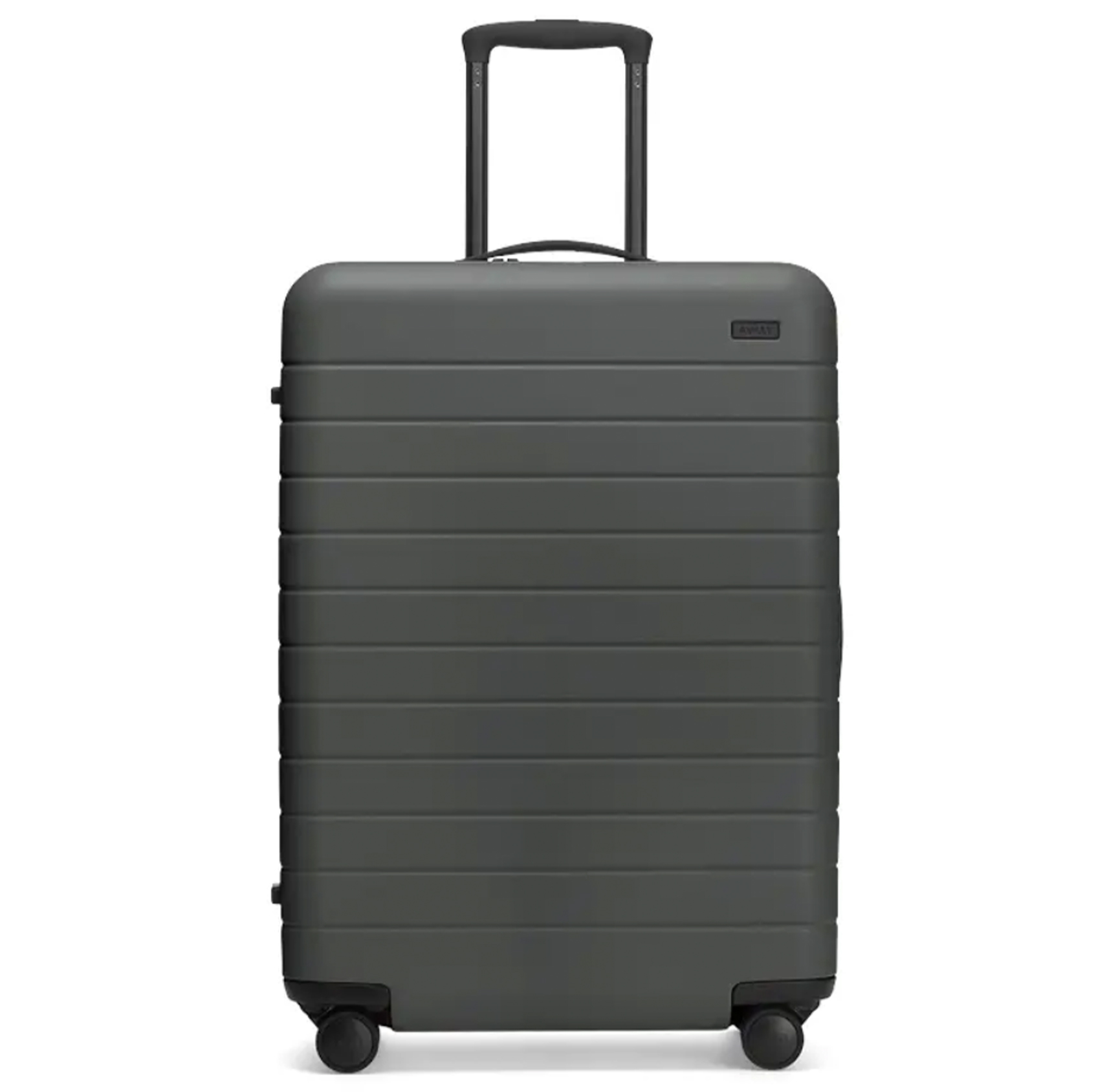
Medium Carry-On
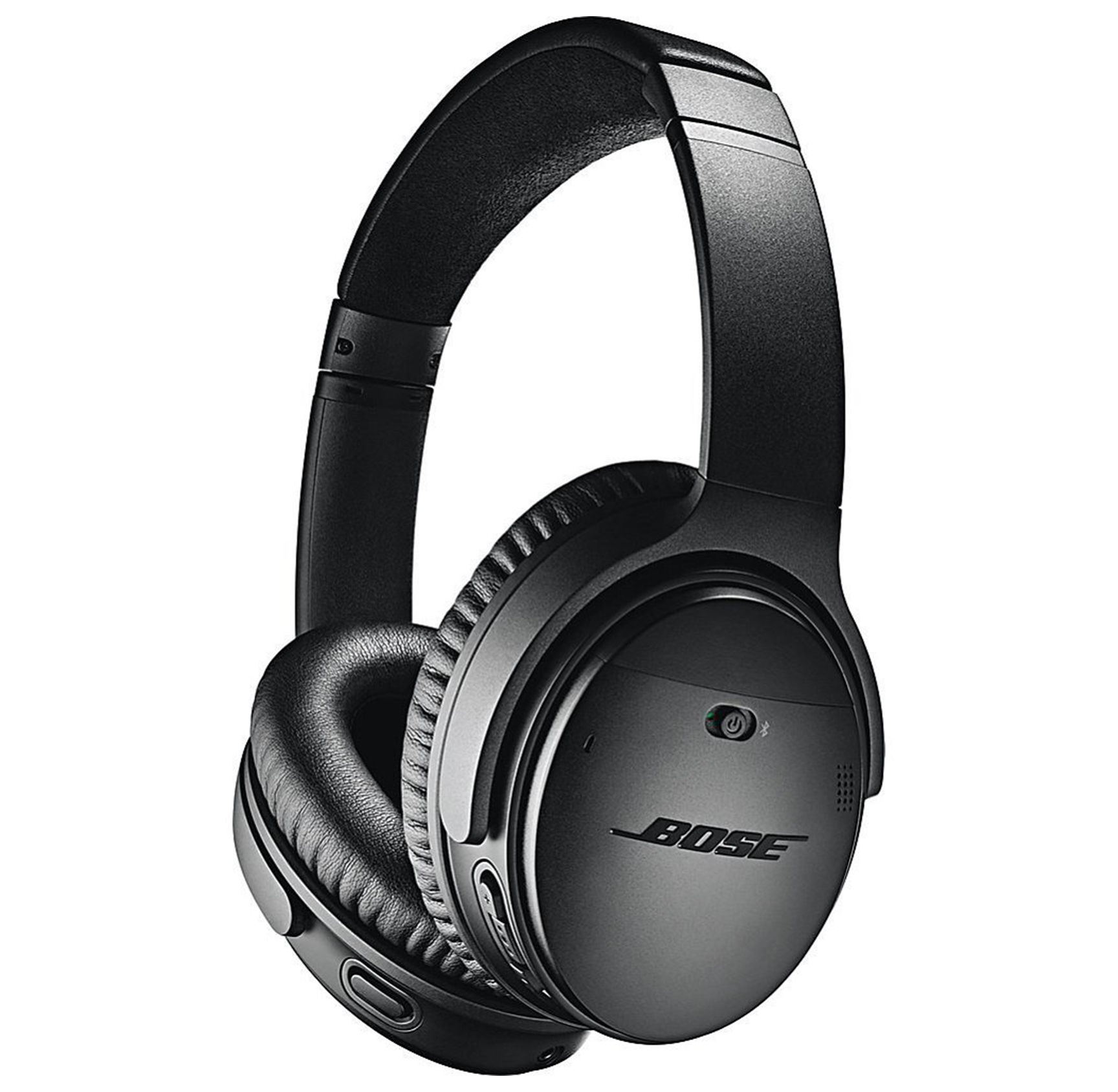
Wireless Headphones

Beneath a Scarlet Sky: A Novel
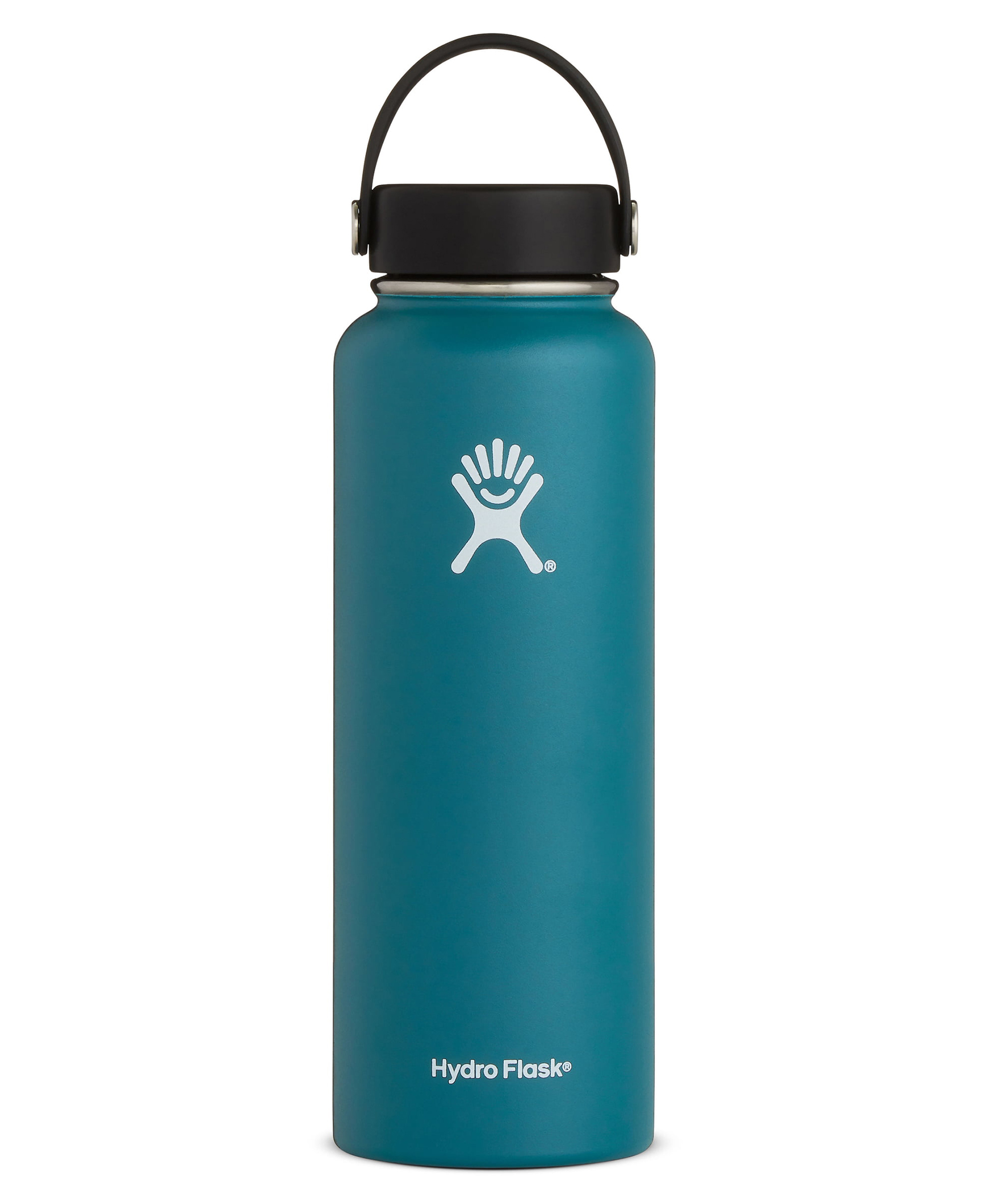
Water Bottle
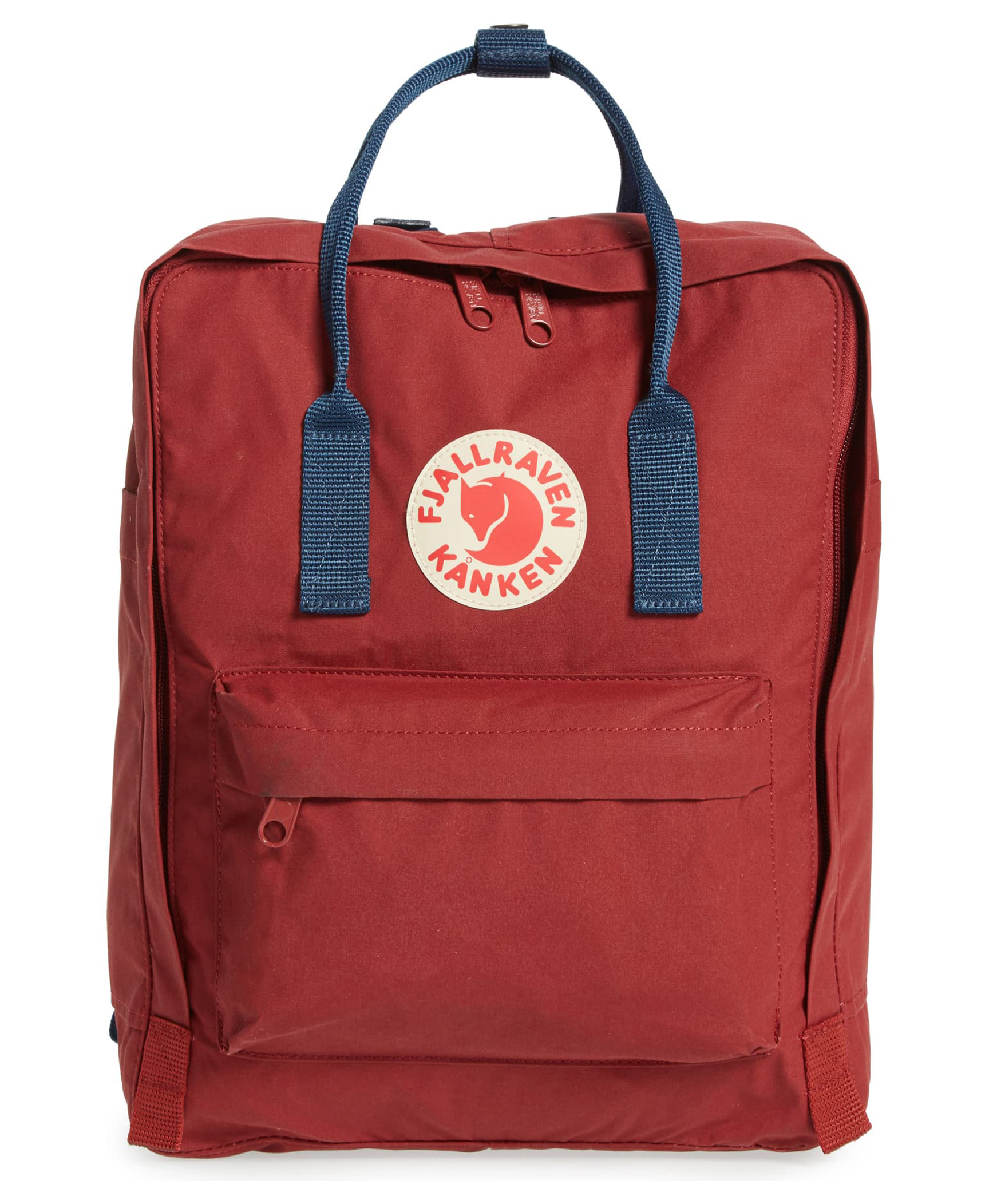
Men’s Comfortable Work Business Outfit for a Flight
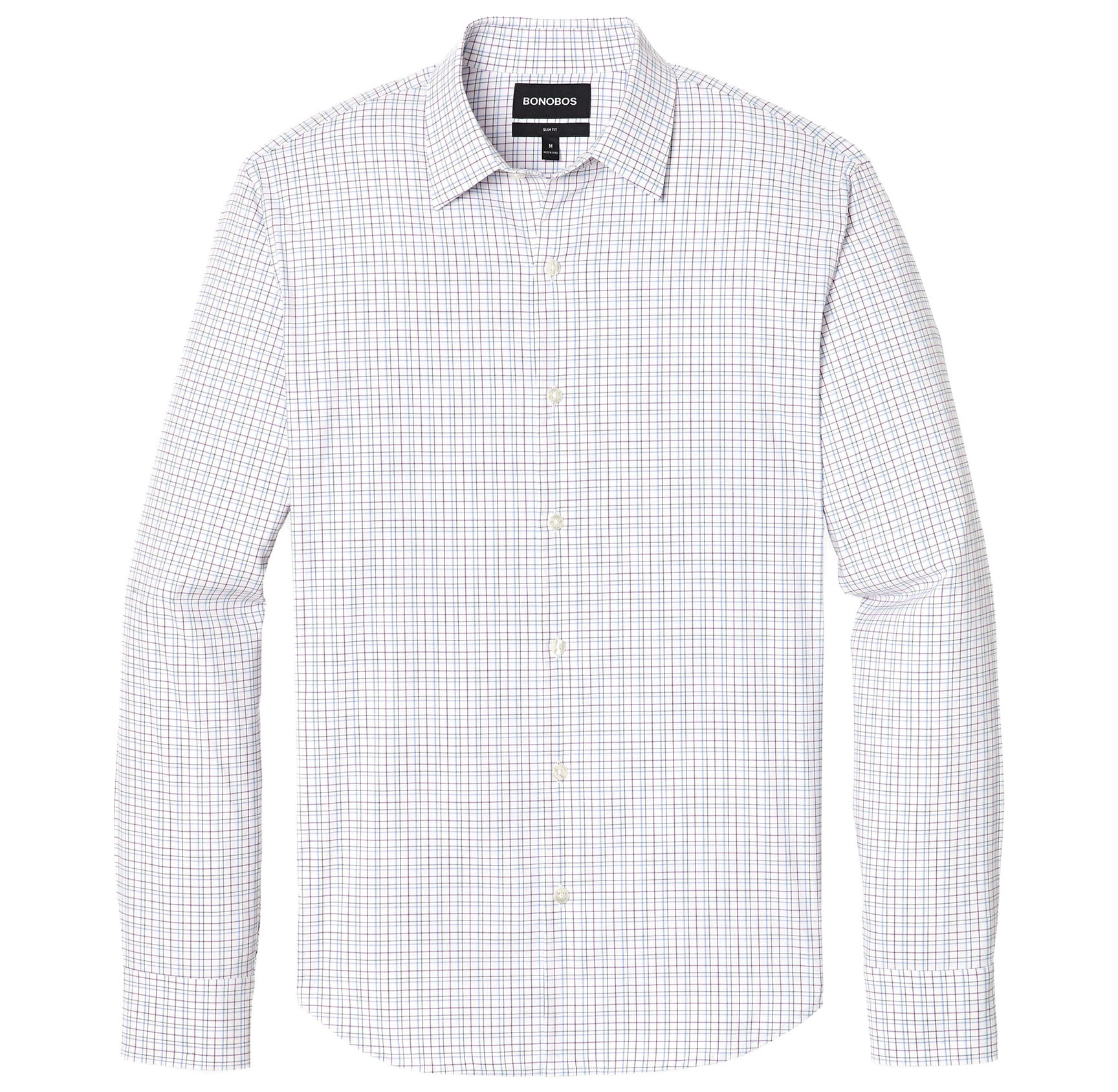
Tech Button Down Shirt
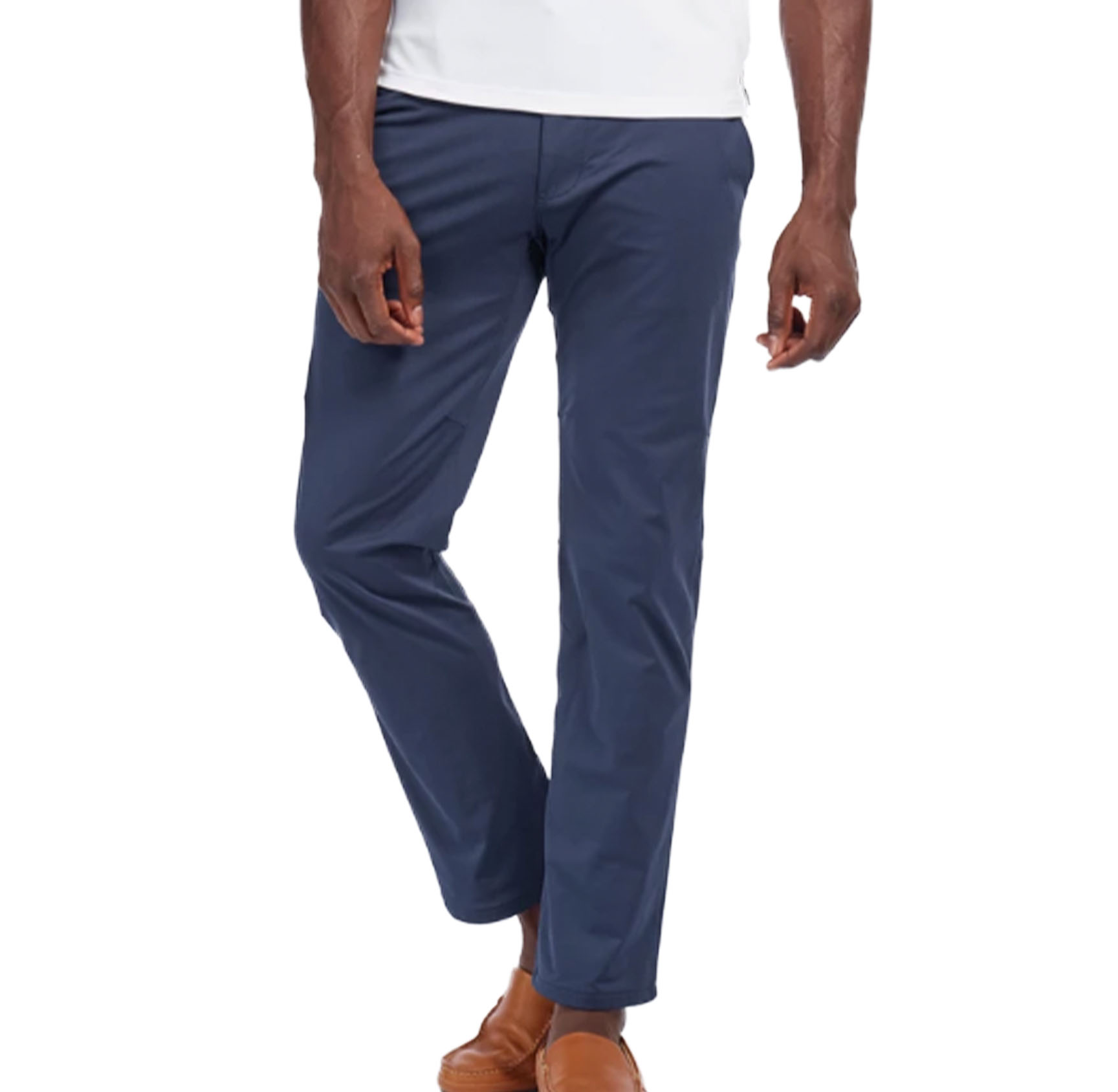
Commuter Pants
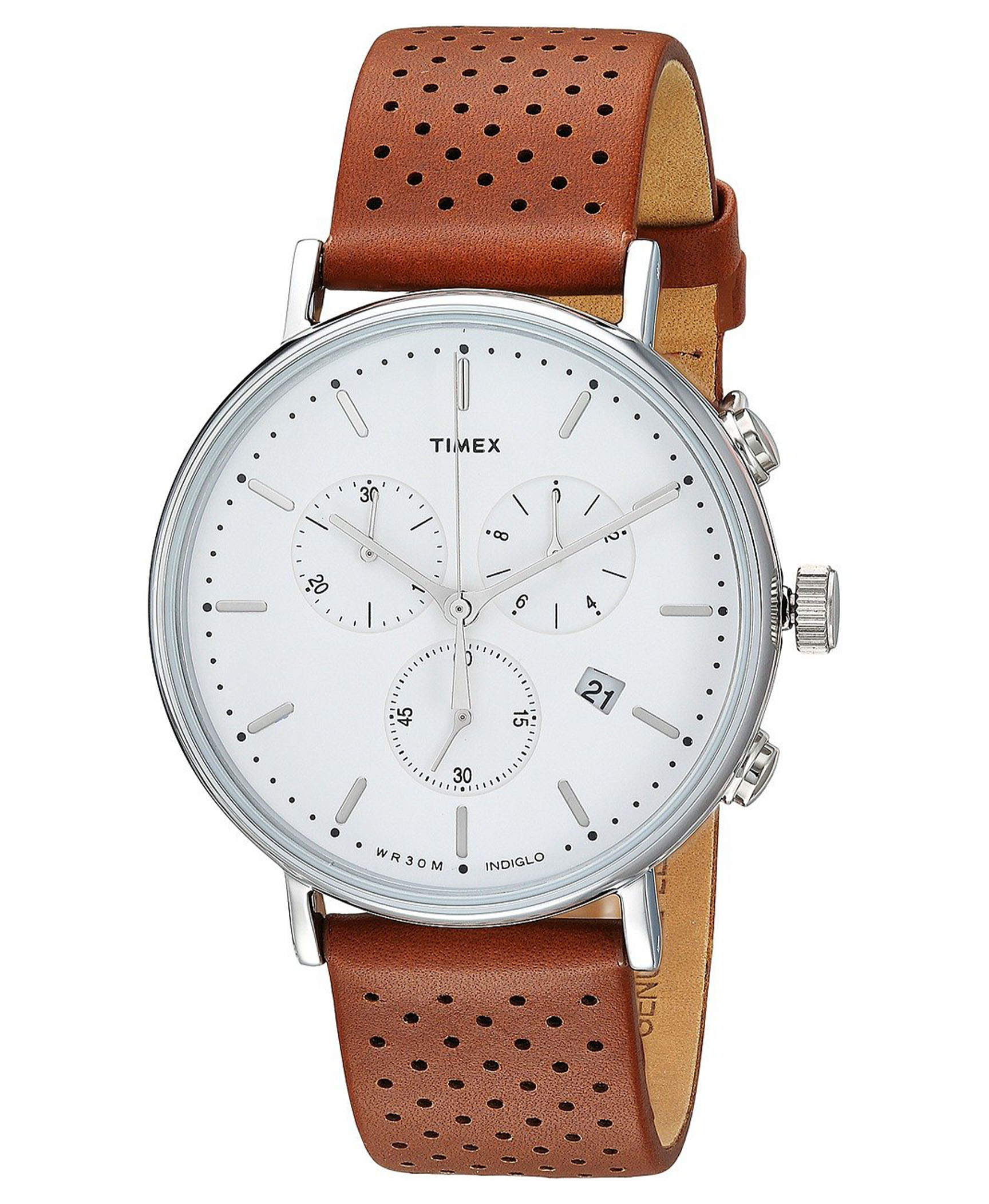
Chrono Leather Watch
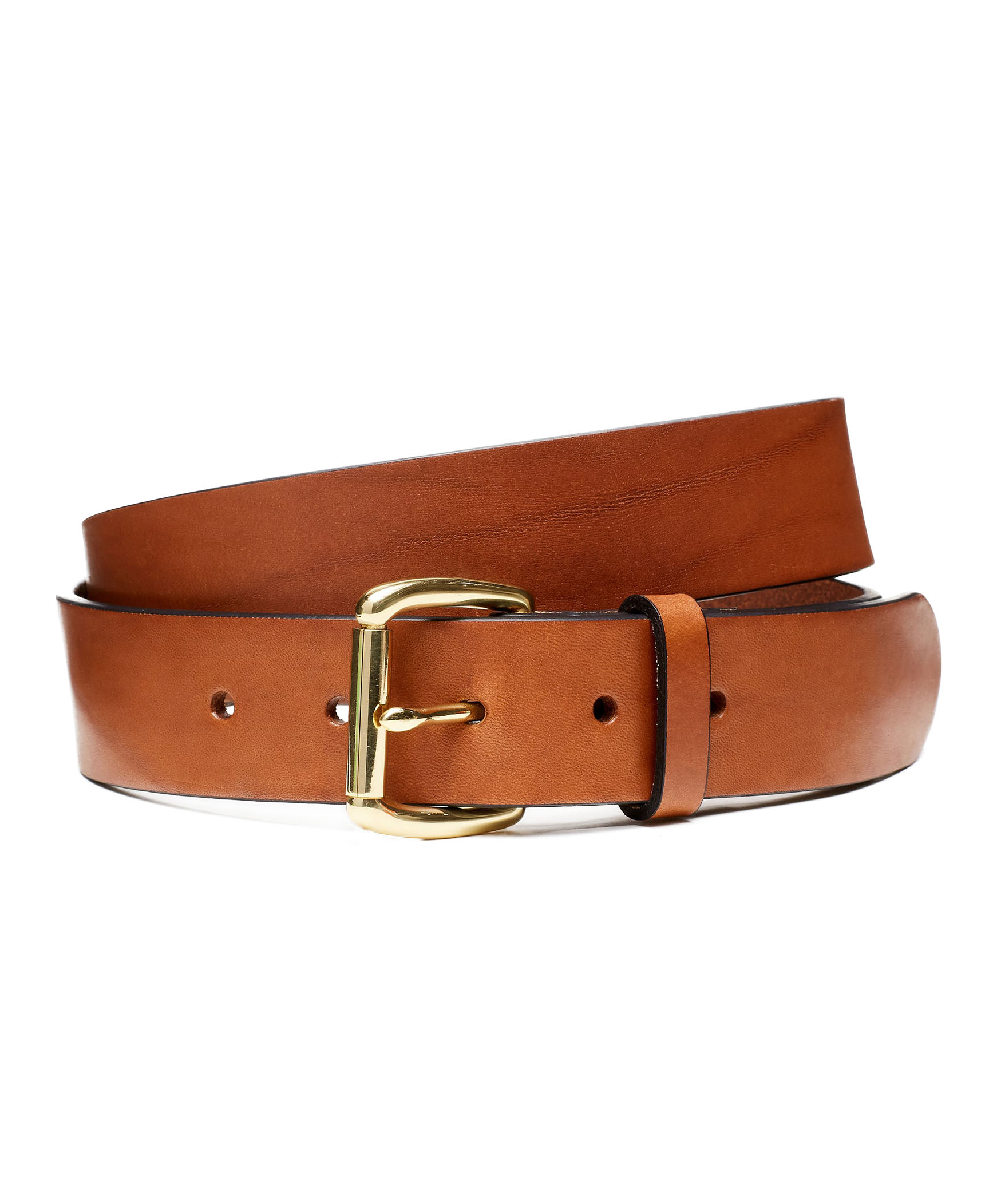
Leather Jeans Belt
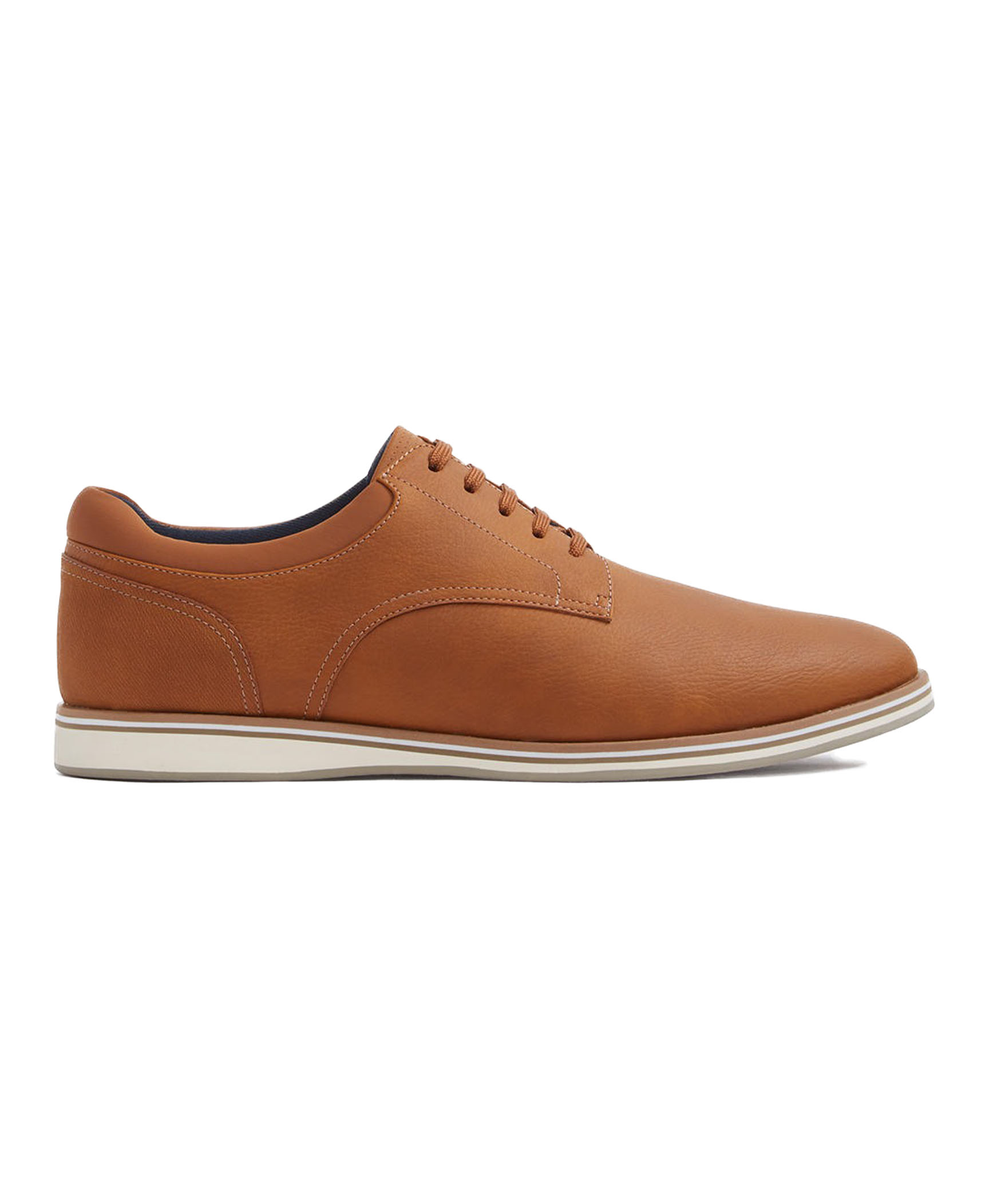
Cycia Shoes
Women’s “ridiculously comfortable travel clothes that don’t sacrifice style” outfit 1.
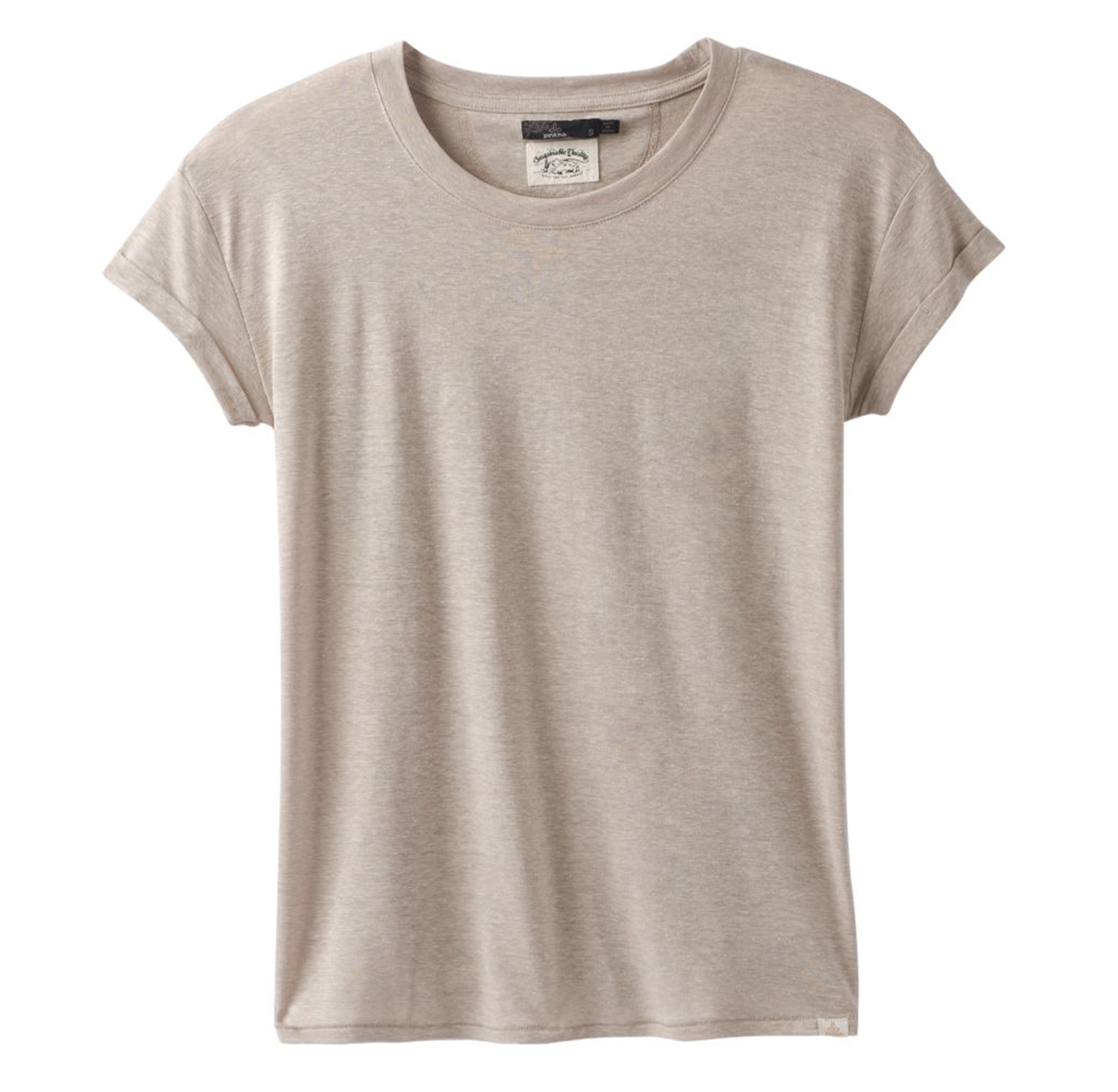
Cozy Up T-shirt

High Rise Skinny Jeans
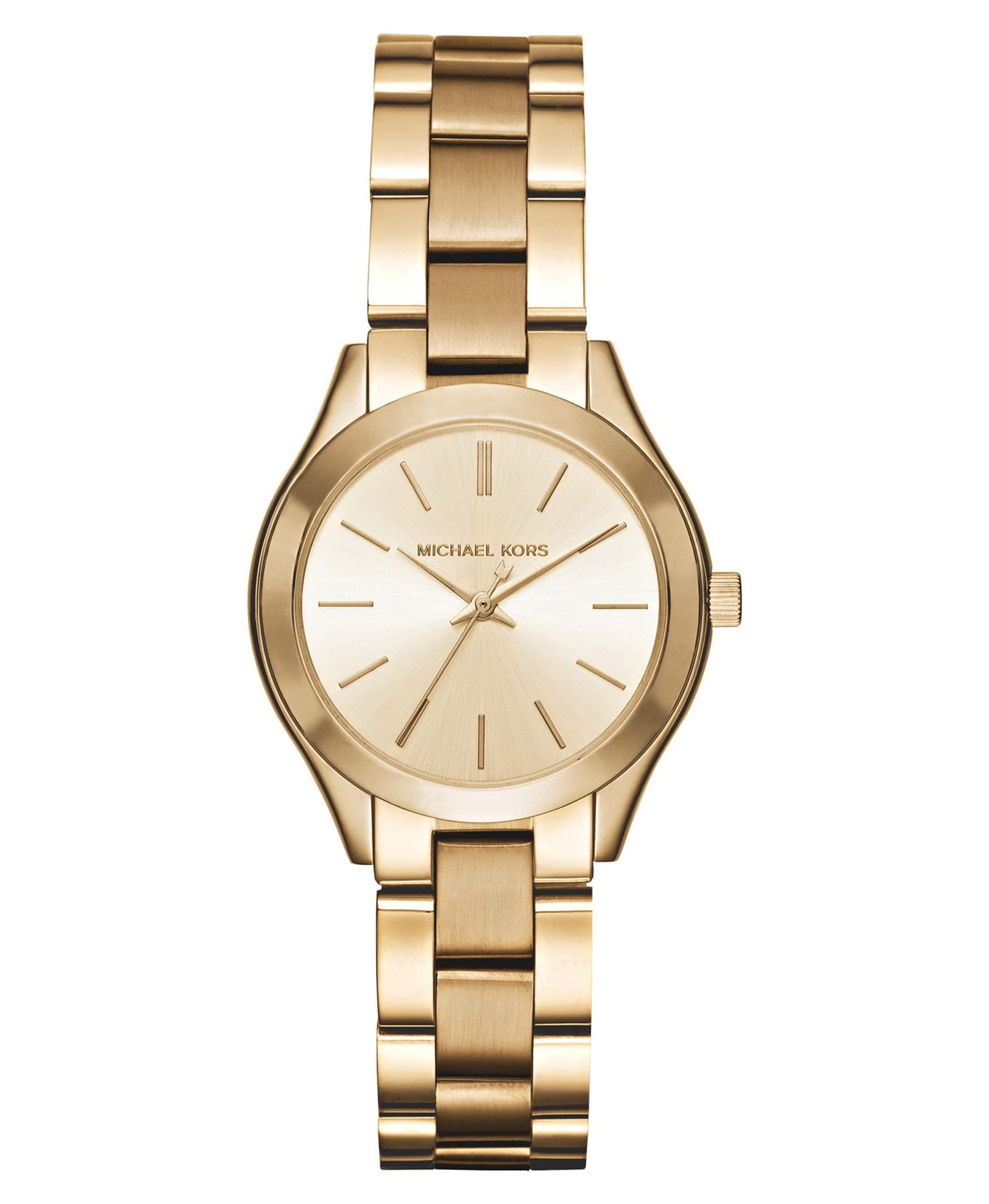
Bracelet Watch
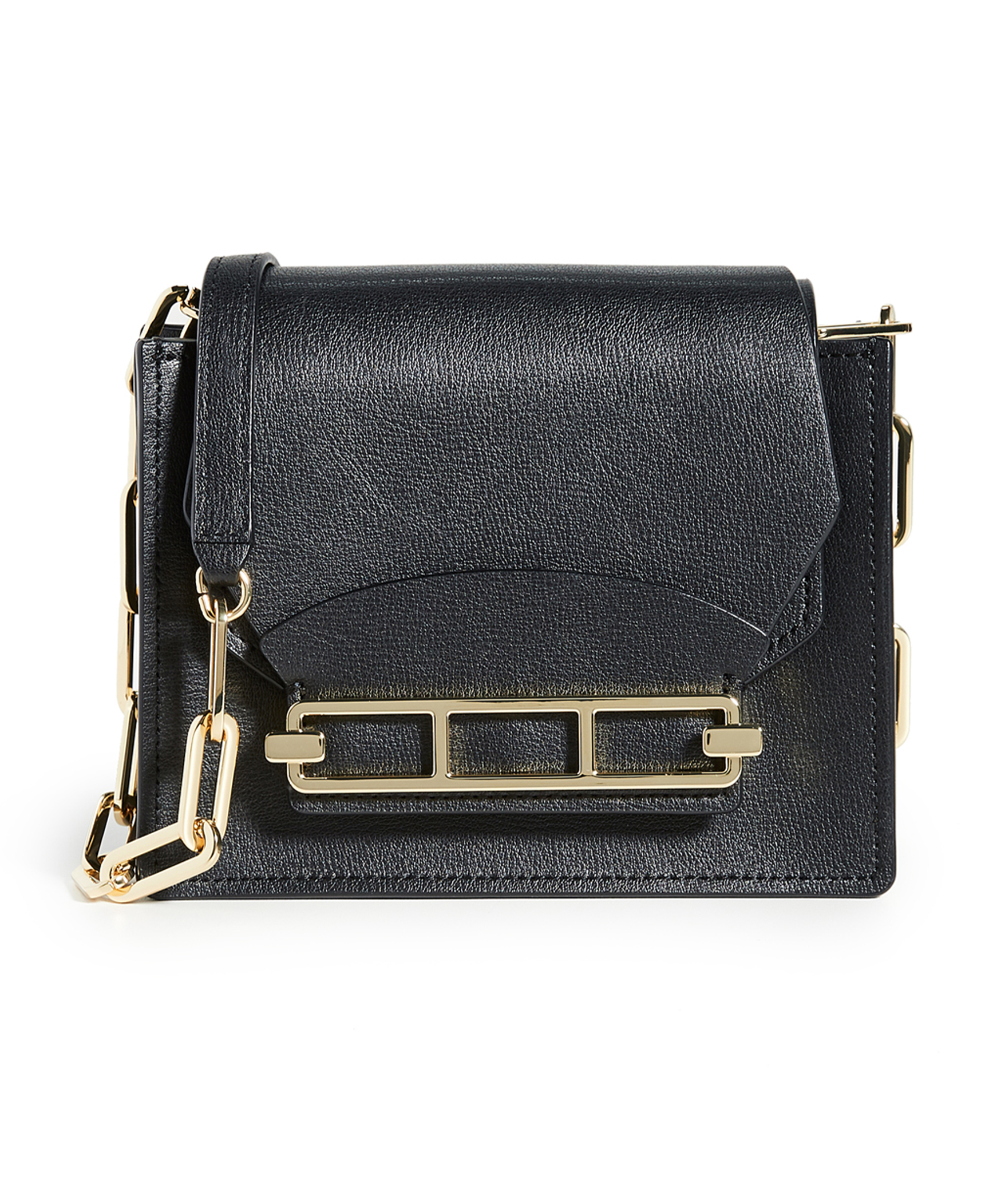
Chain Crossbody Bag
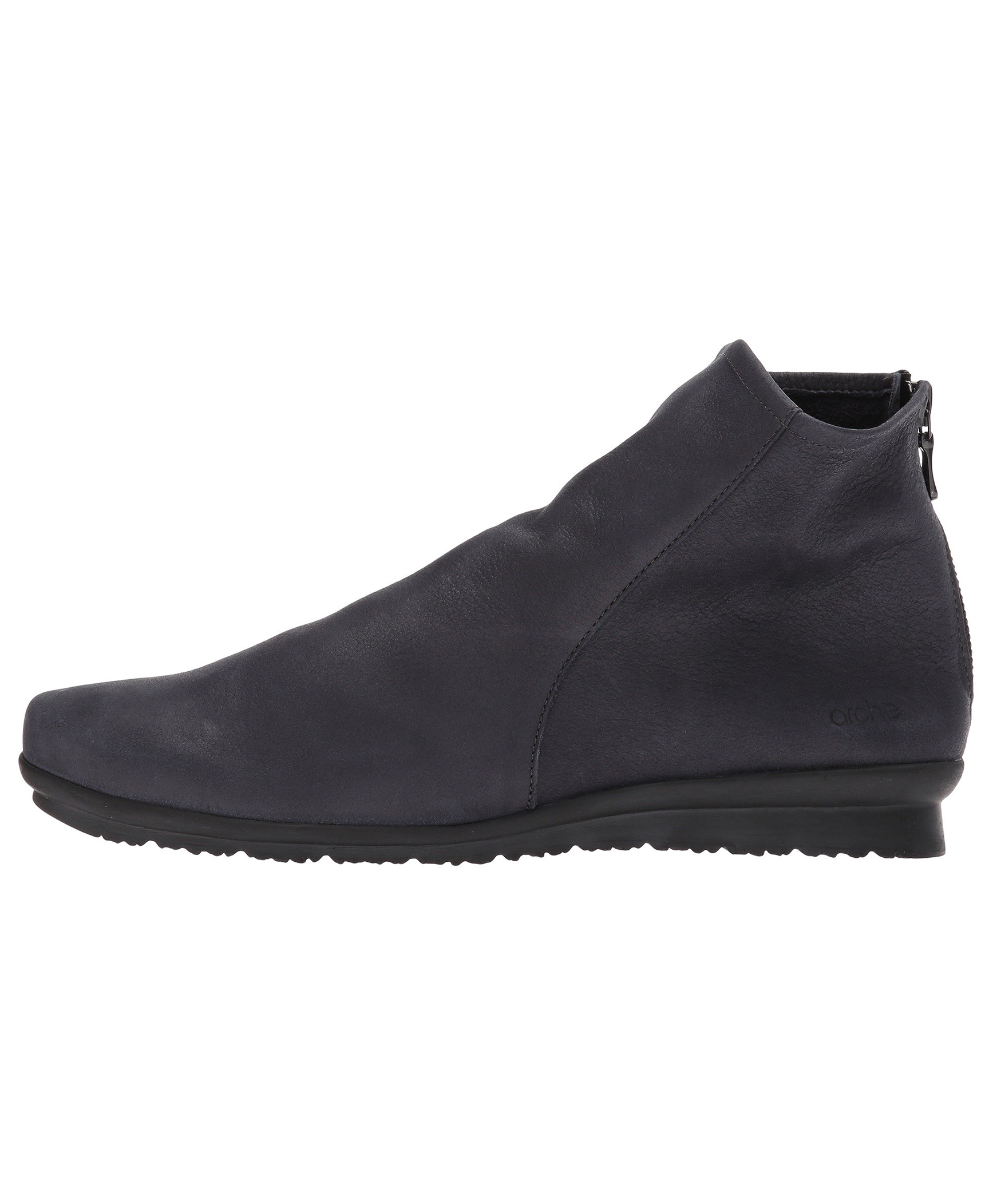
Baryky Boot
Women’s european packing guide.
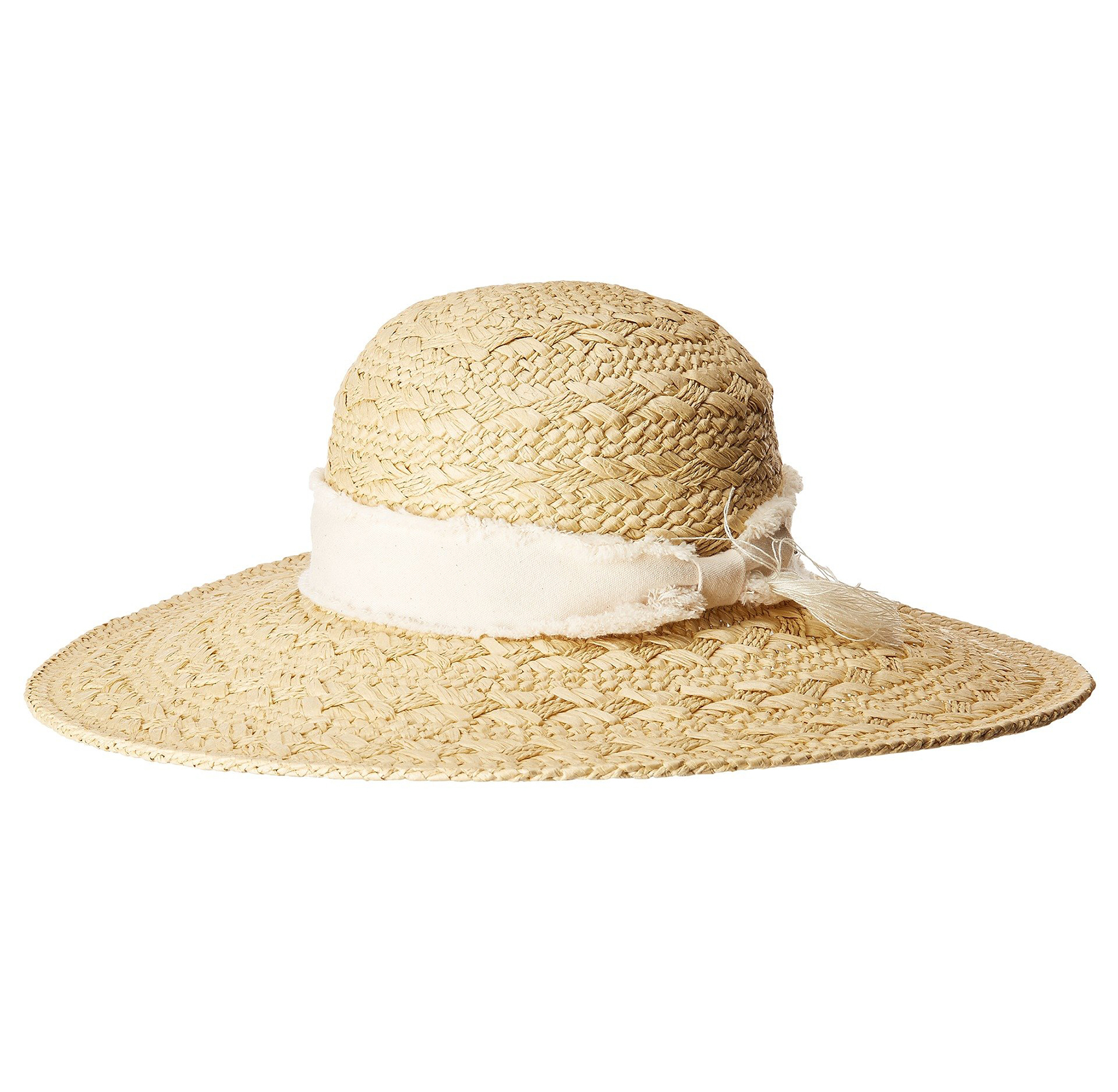
Magnetic Phone Case
Men’s amazon-based casual outfit.
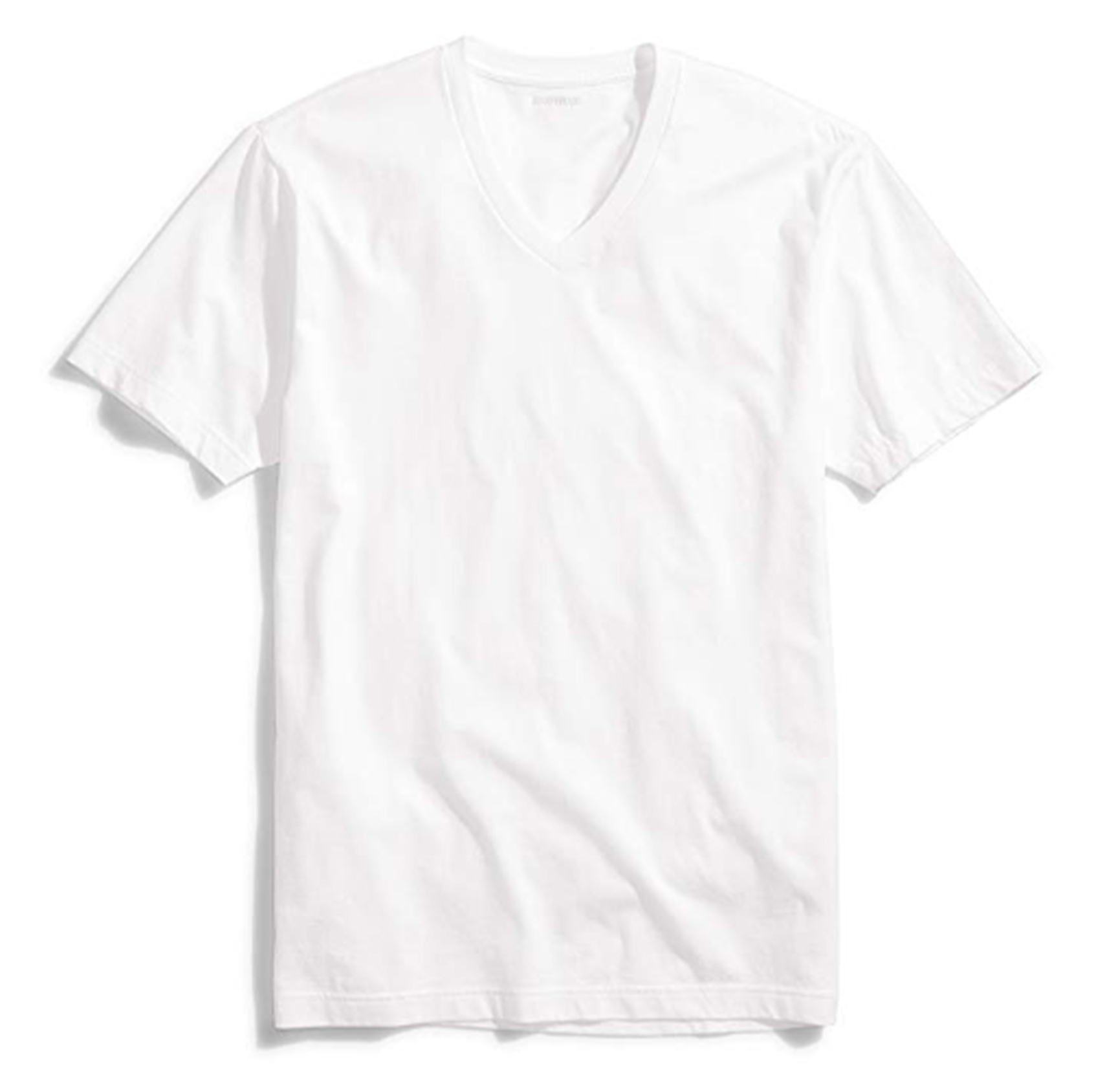
Stretch Chino Shorts
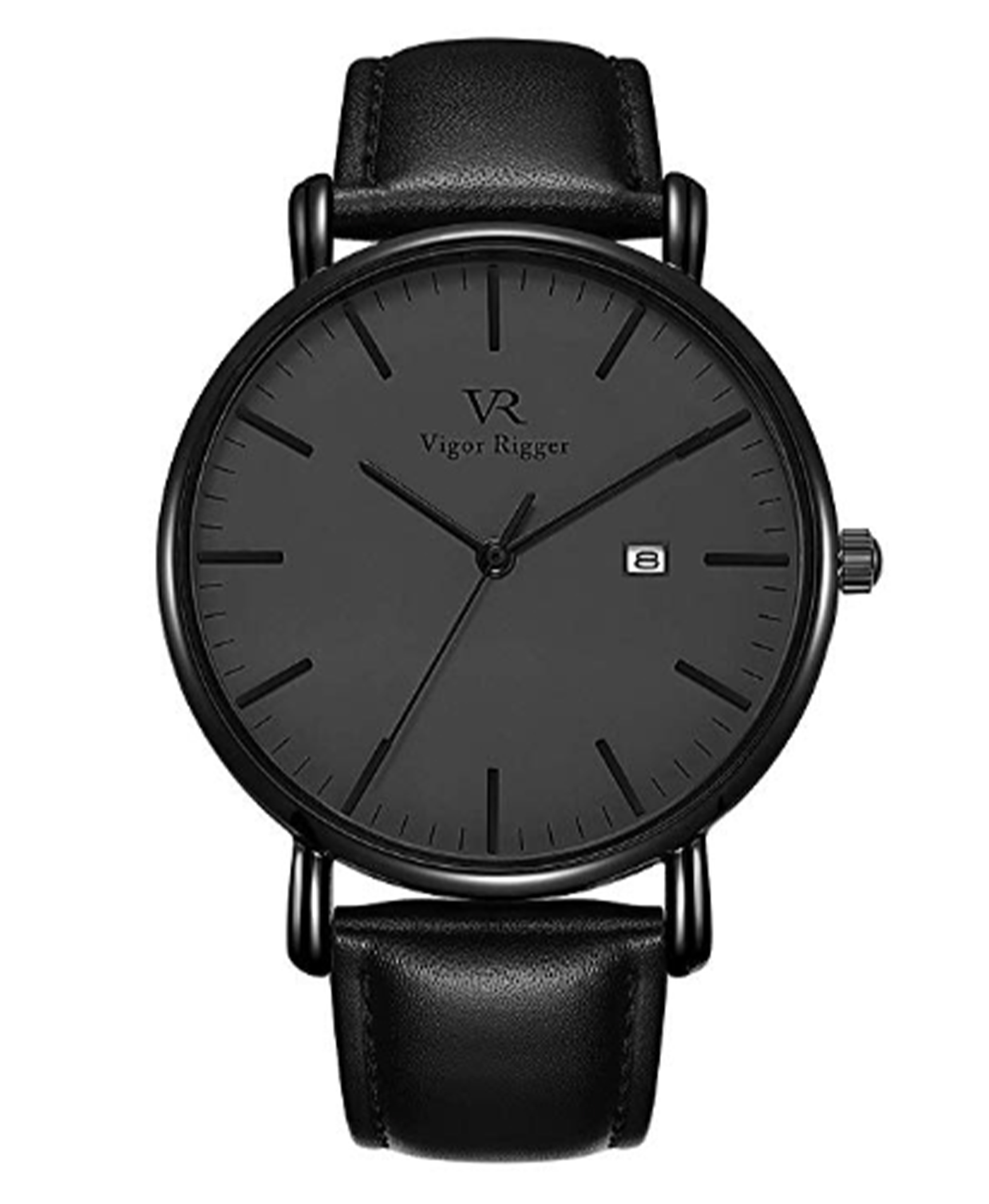
Wrist Watch
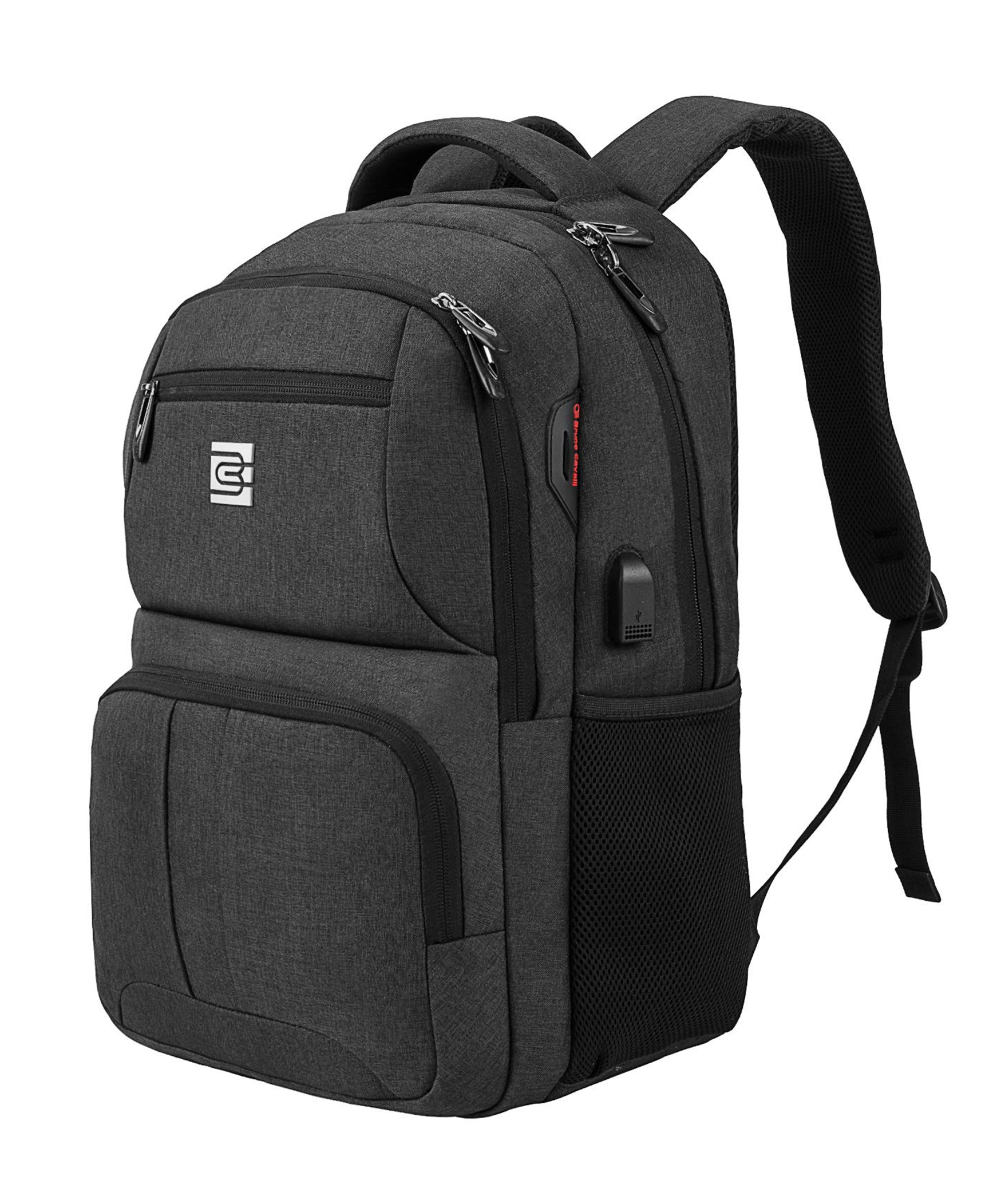
Laptop Backpack
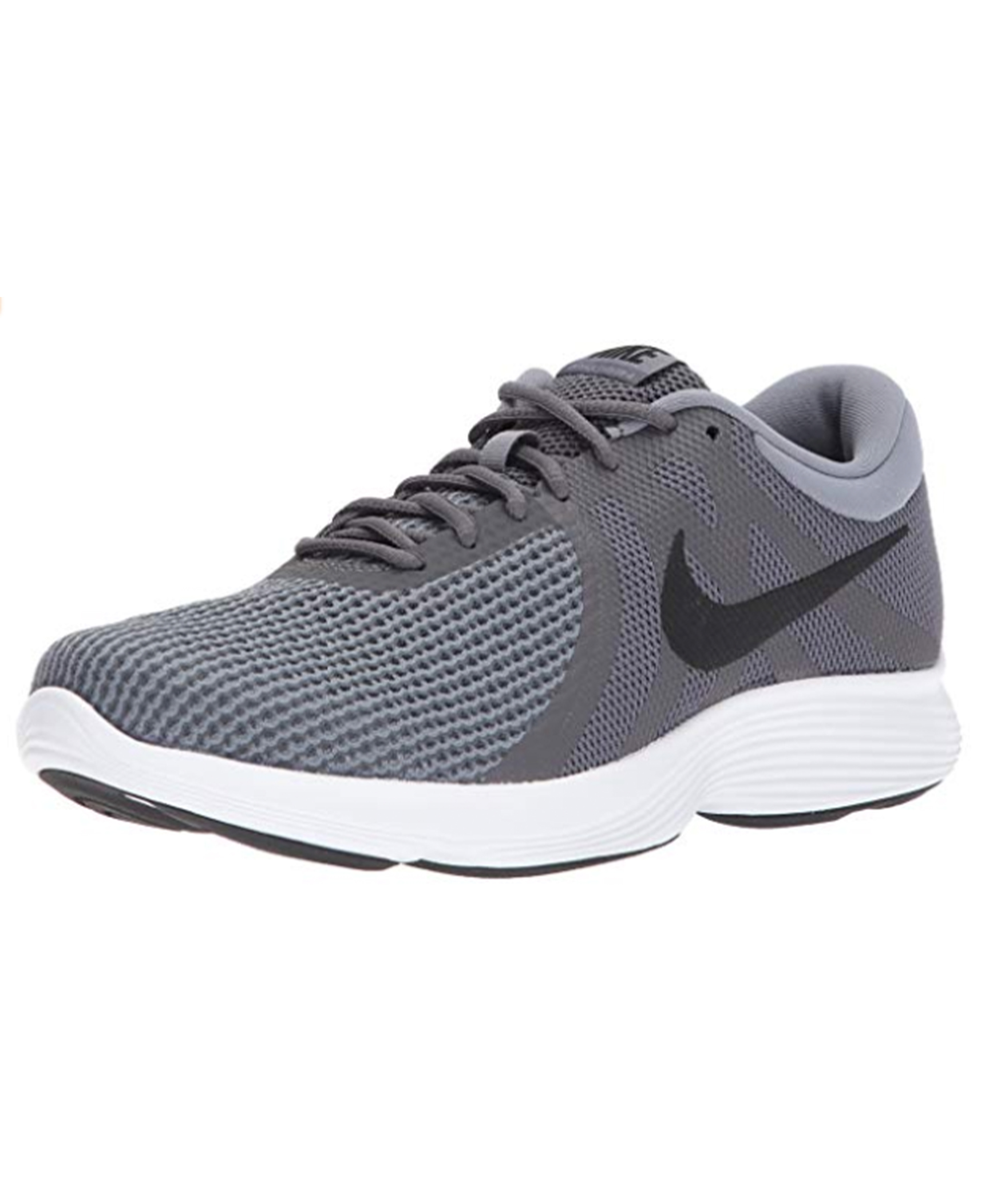
Running Shoe
Carry-on options for your next trip 1.
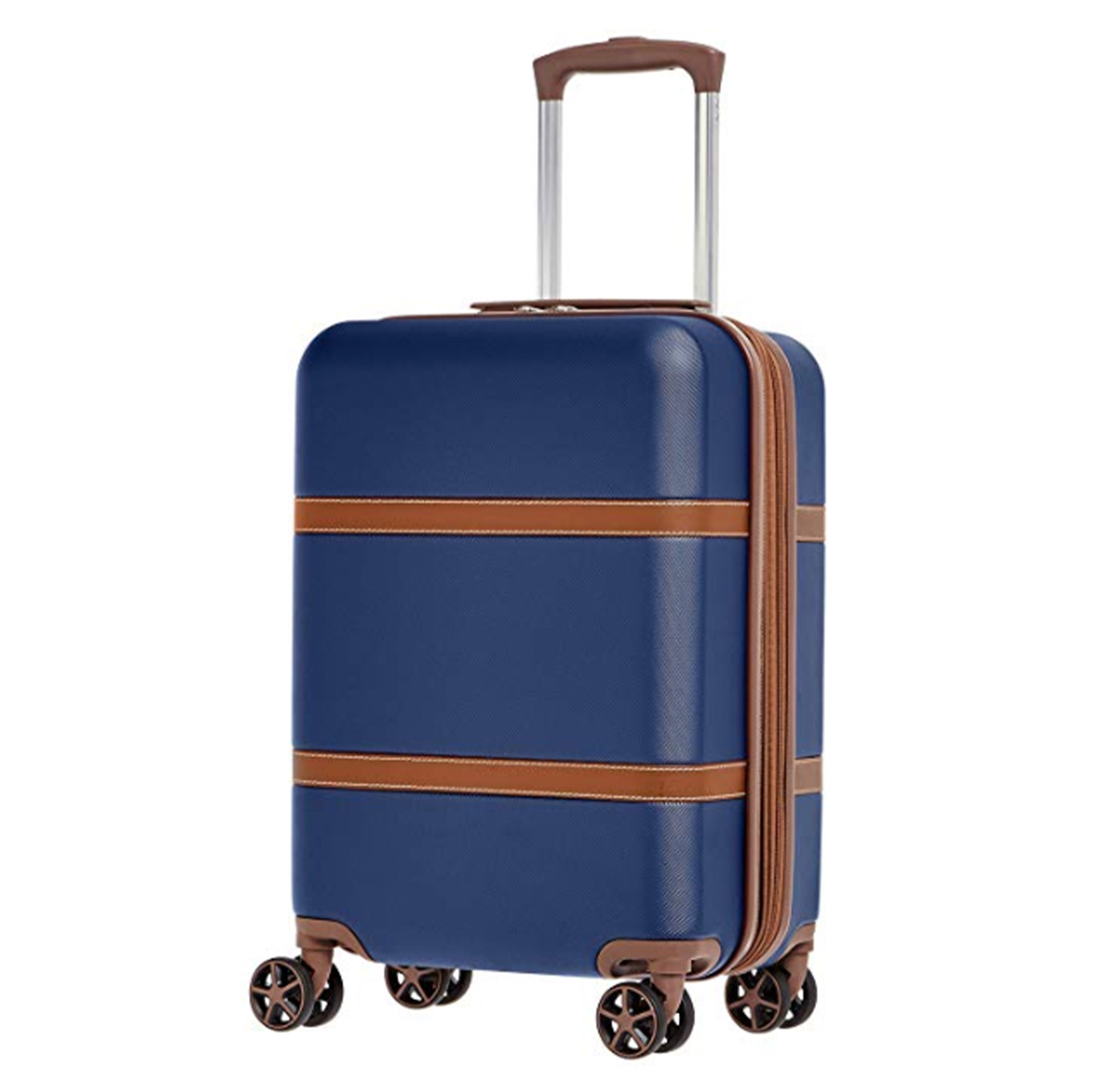
Expandable Suitcase Spinner
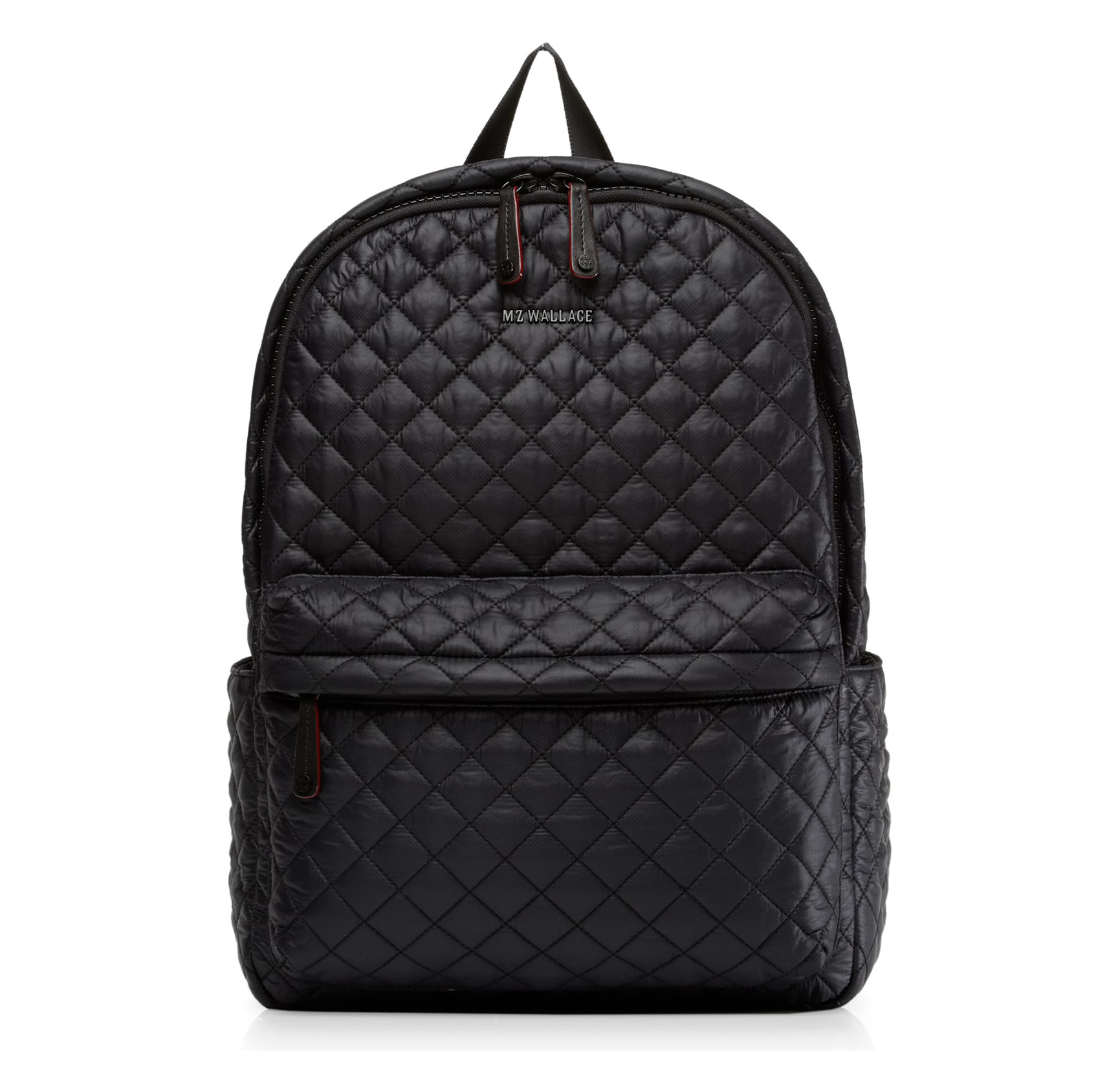
Metro Backpack
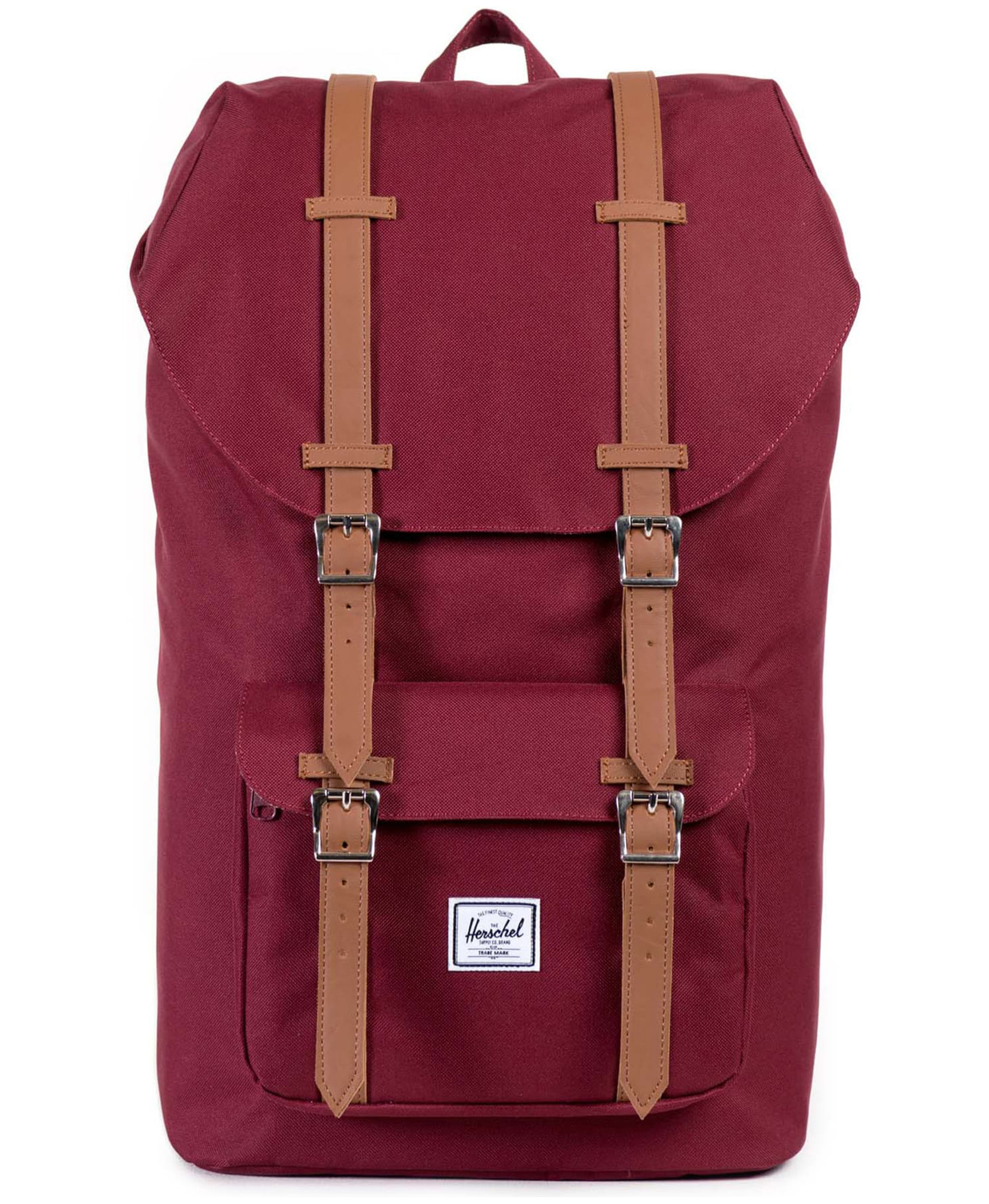

Canvas Tote
Women’s semi-fancy, formal summer dress outfit.

Jewel Quartz Earrings

Tie Neck Satin Dress

Killawatt Freestyle Highlighter

Leather Wallet
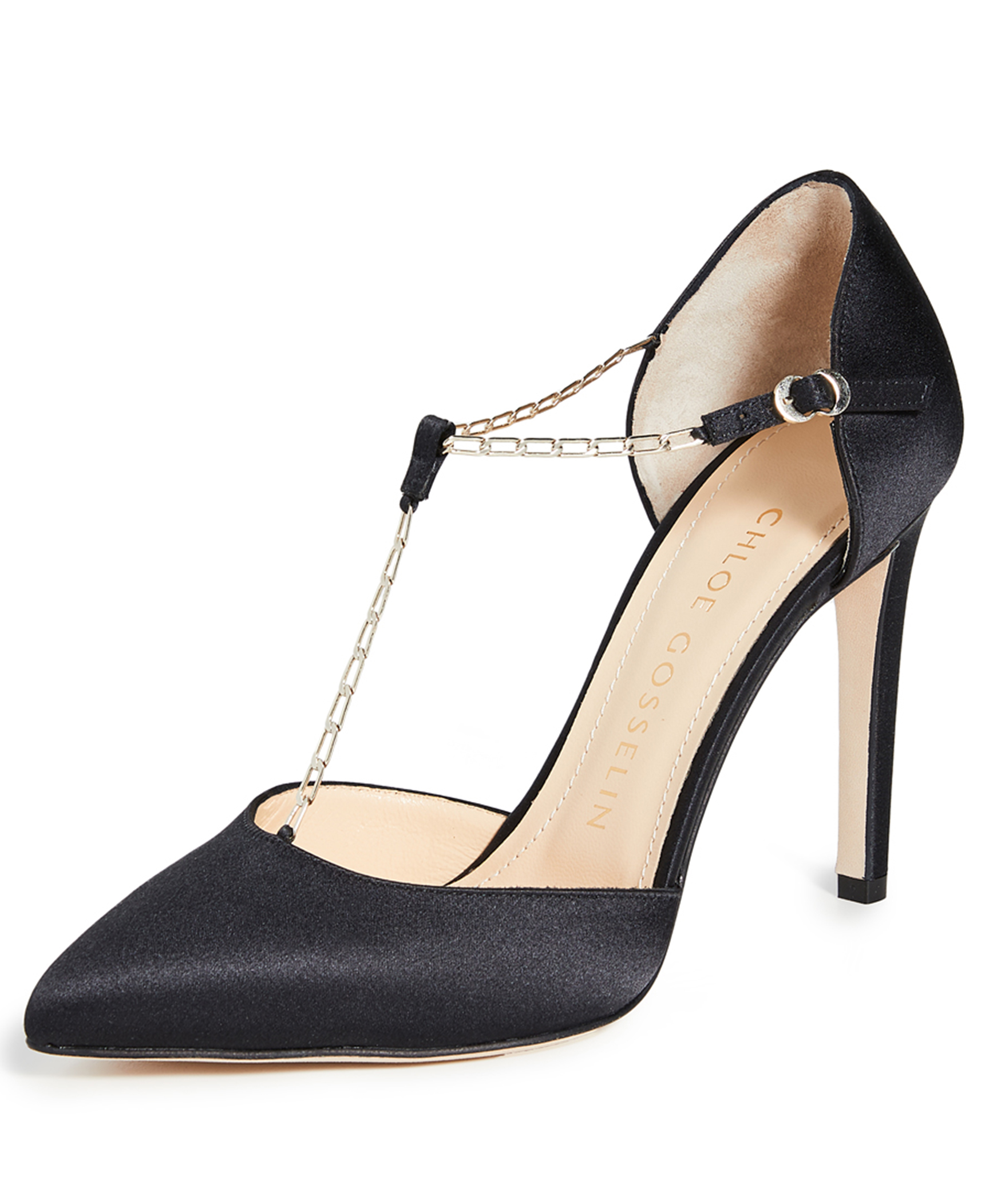
Nicole Pumps
Carry-on options for your next trip 2.
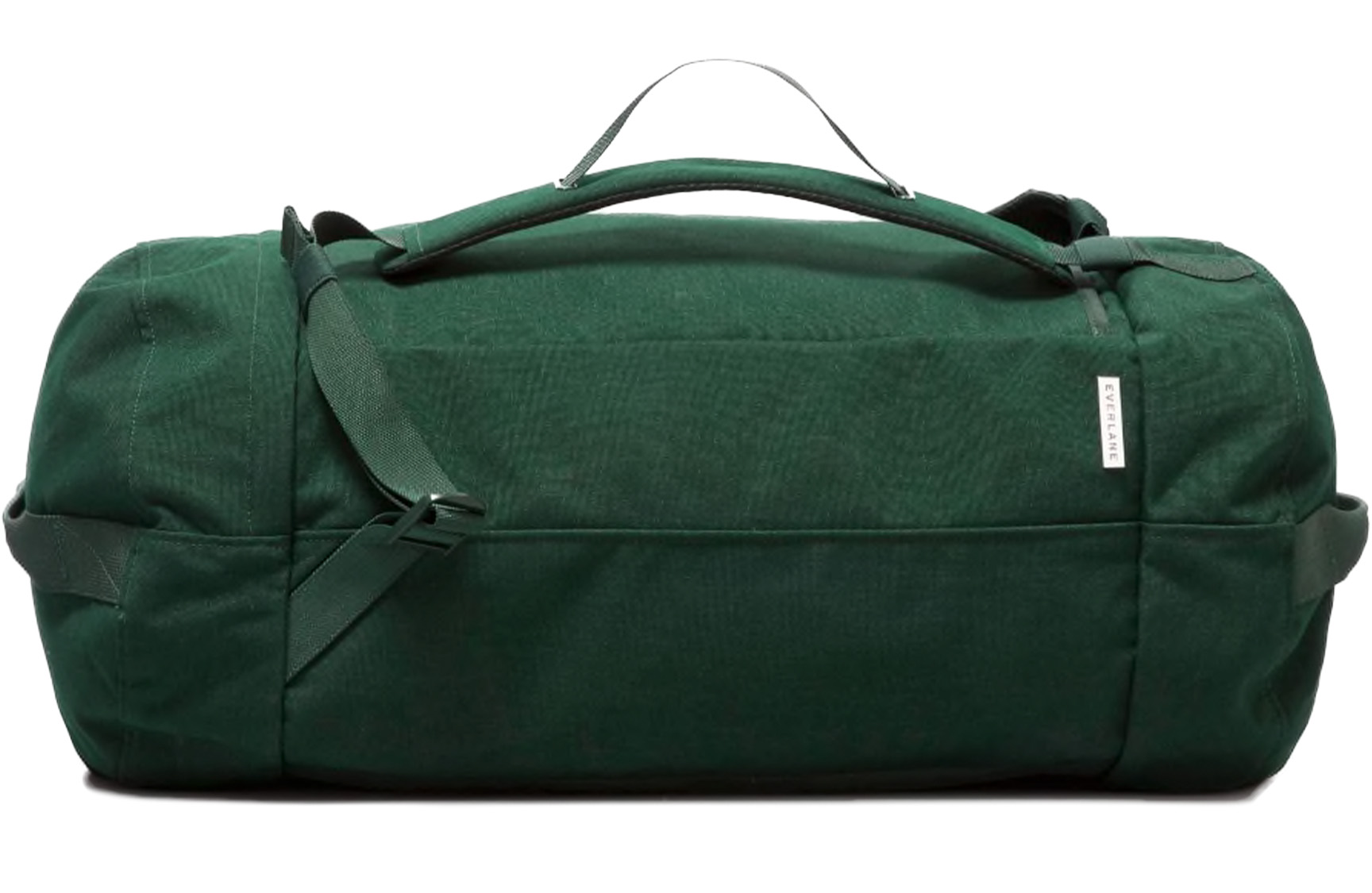
22-Inch Packing Case
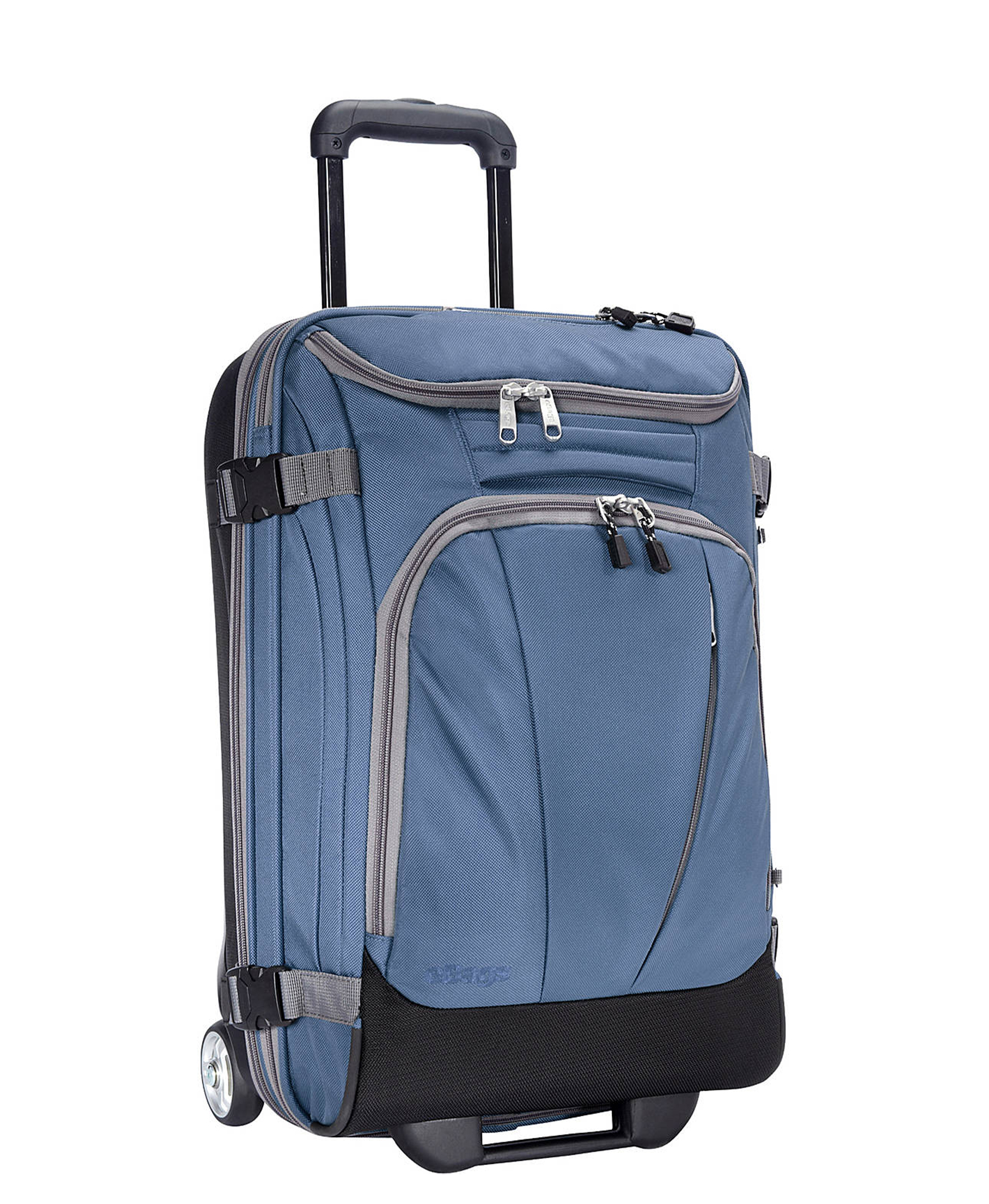
Wheeled Carry-On Duffel
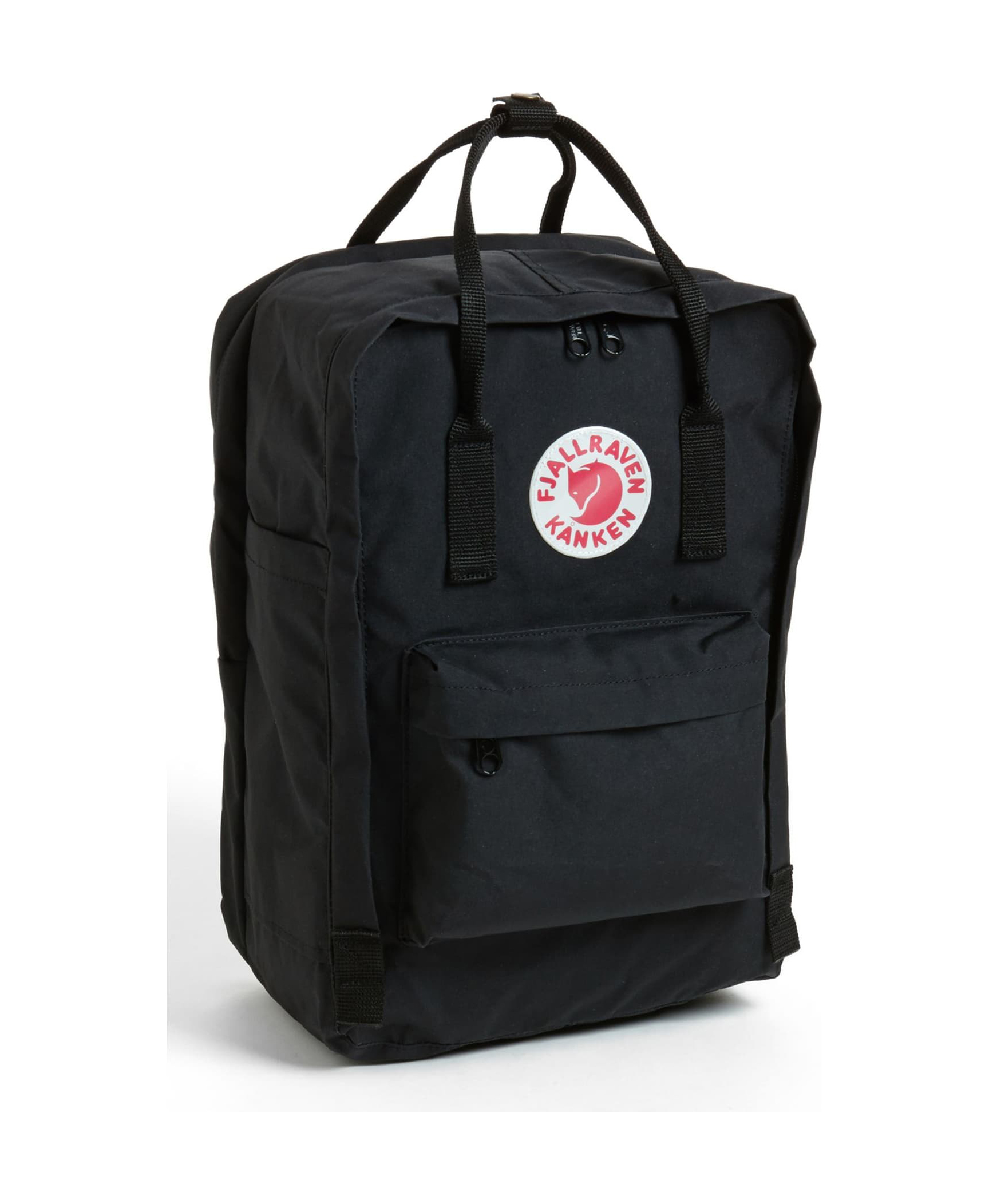
22-Inch Rolling Spinner Carry-On
Men’s outfit for walking to tijuana.
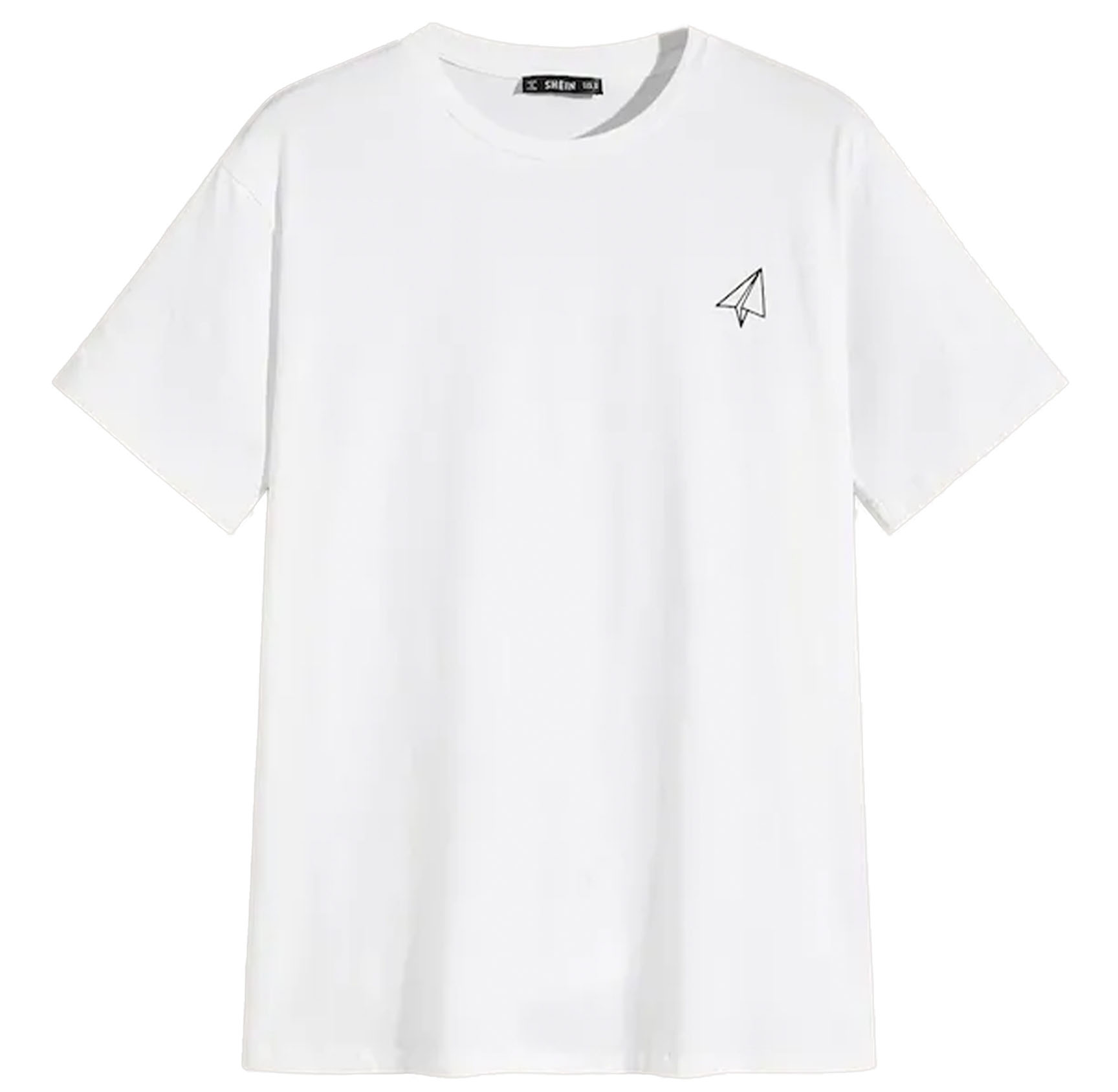
Paper Plane Print Tee
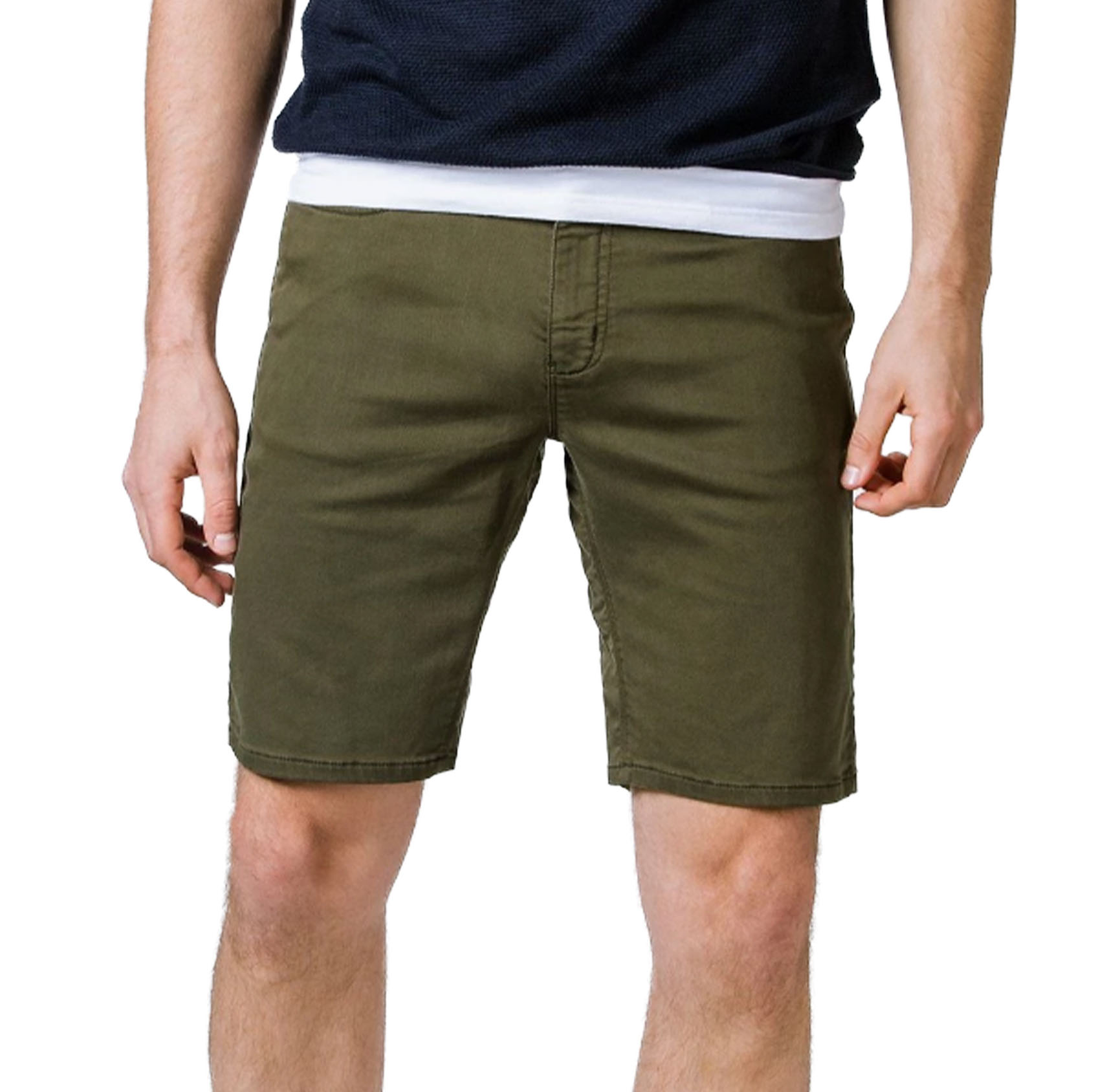
No Sweat Relaxed Fit Shorts
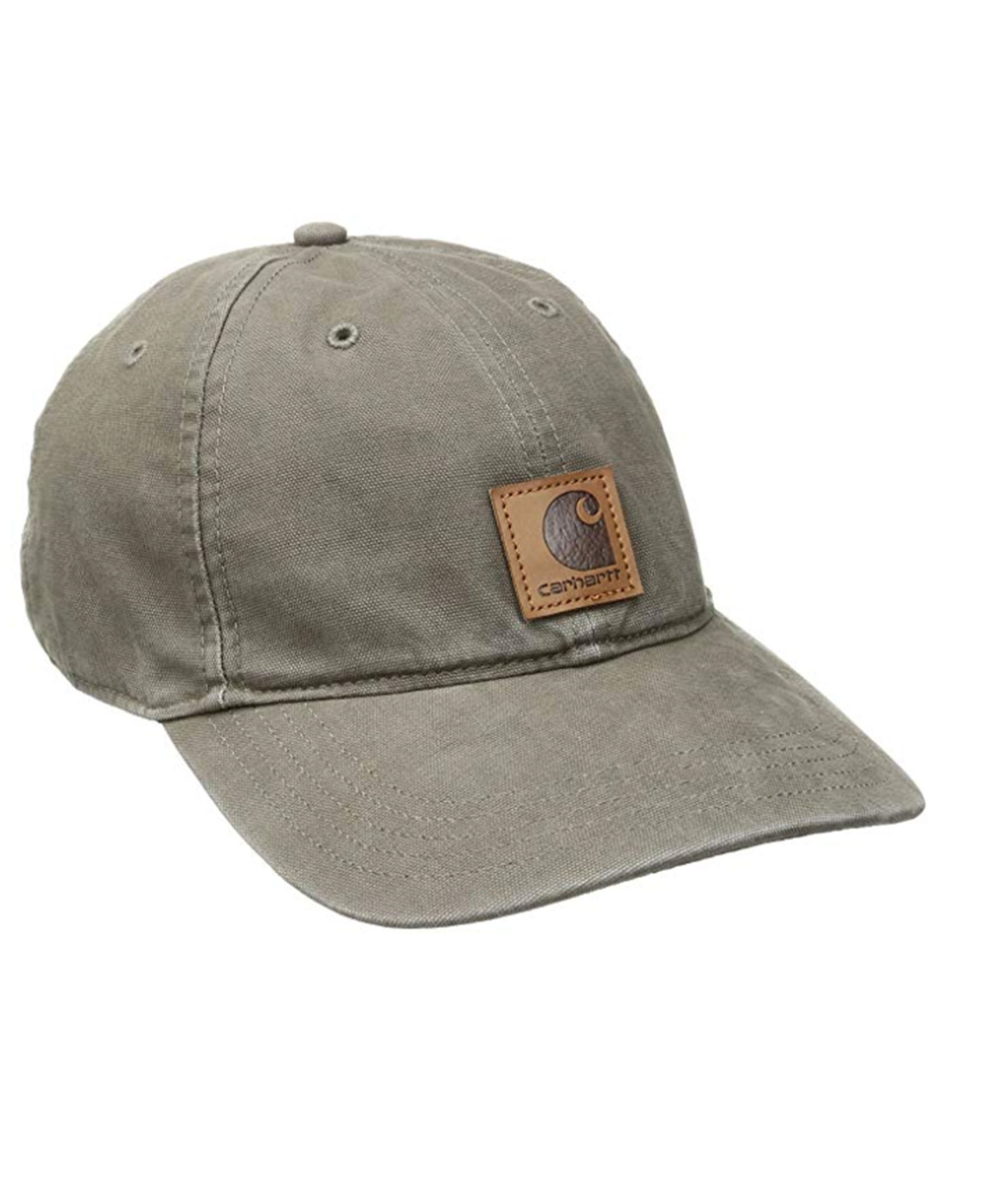
Vintage Canvas Backpack
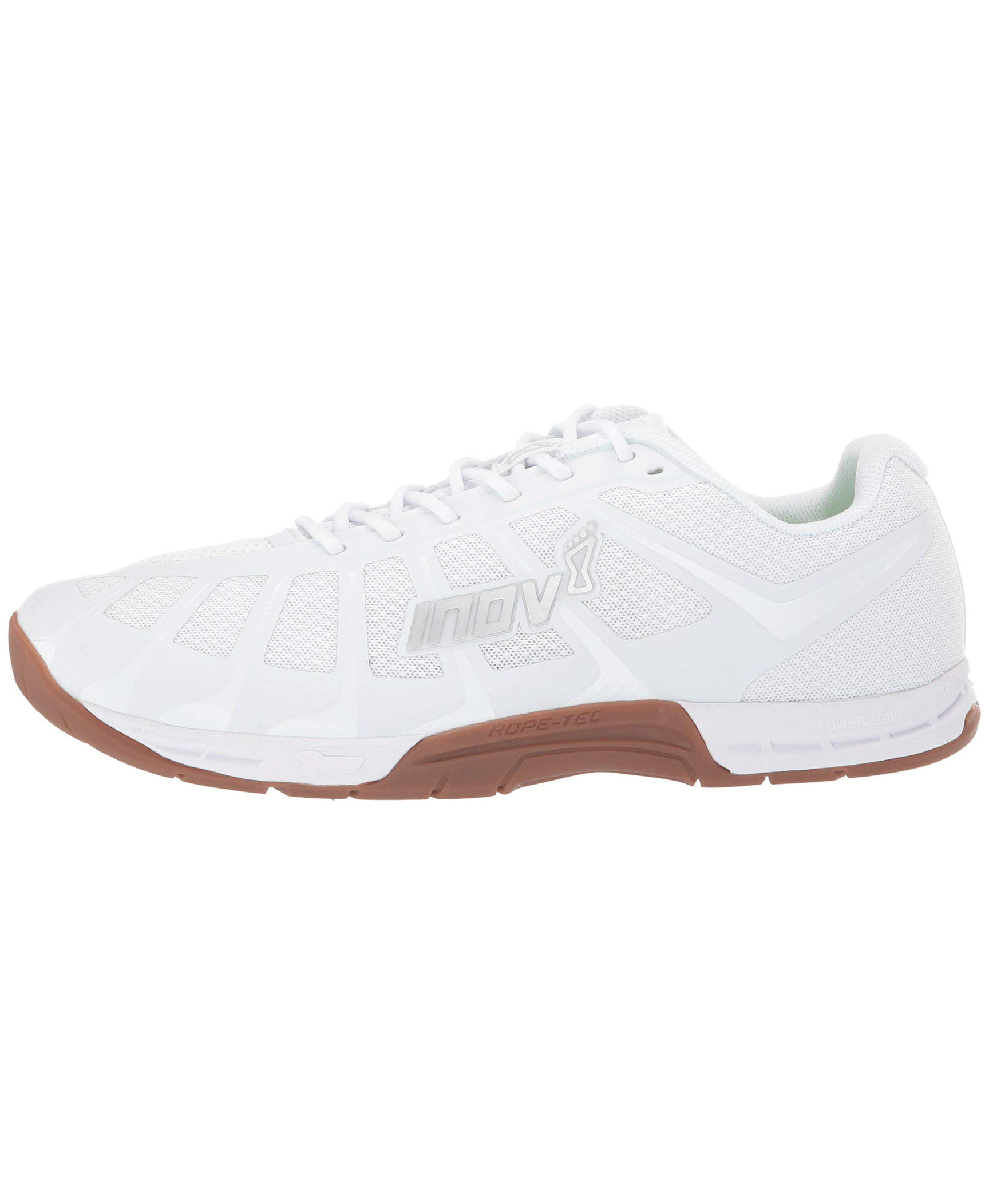
More from SmarterTravel:
- Must-Pack Medications for Travel
- What to Do If You’re Caught in an Emergency Situation Abroad
- The Ultimate Checklist for Traveling Abroad
Some review products are sent to us free of charge and with no incentive to offer a favorable review. We offer our unbiased opinions, positive and negative, and will never accept compensation to review a product.
Ashley Rossi is always ready for her next trip. Follow her on Twitter and Instagram for travel tips, destination ideas, and off the beaten path spots.
Alyssa Lukpat also contributed to this article.
Editor’s note: This story was originally published in 2018. It has been updated to reflect the most current information.
We hand-pick everything we recommend and select items through testing and reviews. Some products are sent to us free of charge with no incentive to offer a favorable review. We offer our unbiased opinions and do not accept compensation to review products. All items are in stock and prices are accurate at the time of publication. If you buy something through our links, we may earn a commission.
Top Fares From

Don't see a fare you like? View all flight deals from your city.
Today's top travel deals.
Brought to you by ShermansTravel
Oslo to Bergen: 6-Night Norway Fjords...

Luxe, 7-Night Caribbean & Mexico Cruise...
Regent Seven Seas Cruises

Shop and Save with Country Inns...
Patricia Magaña

Trending on SmarterTravel
You are using an outdated browser. Upgrade your browser today or install Google Chrome Frame to better experience this site.
- Section 2 - Water Disinfection
- Section 2 - Last-Minute Travelers
Travel Health Kits
Cdc yellow book 2024.
Author(s): Aisha Rizwan
Traveling With Medications
Supplies for preexisting medical conditions, general travel health kit supplies, travel kits when traveling with children, commercial medical kits.
Regardless of their destination, international travelers should assemble and carry a travel health kit. Travelers should tailor the contents to their specific needs, the type and length of travel, and their destination(s). Kits can be assembled at home or purchased at a local store, pharmacy, or online. Travel health kits can help to ensure travelers have supplies they need to manage preexisting medical conditions and treat any exacerbations of these conditions, prevent illness and injury related to traveling, and take care of minor health problems as they occur.
Instruct international travelers to carry all medications in their original containers with clear labels that easily identify the contents, the patient’s name, and dosing regimen information. Although travelers might prefer packing their medications into small bags, pillboxes, or daily-dose containers, officials at ports of entry might require that medications be in their original prescription containers.
Travelers should carry copies of all prescriptions, including generic names, preferably translated into the local language of the destination. For controlled substances and injectable medications, travelers should carry a note on letterhead stationery from the prescribing clinician or travel clinic. Translating the letter into the local language at the destination and attaching the translation to the original document could prove helpful if the document is needed during the trip. Some countries do not permit certain medications. For questions about medication restrictions, particularly regarding controlled substances, travelers should contact the US embassy or consulate of the destination country.
A travel health kit is useful only when it is easily accessible. Travelers should always carry the kit with them (e.g., in a carry-on bag); sharp objects like scissors and fine splinter tweezers must remain in checked luggage, however. Travelers should make sure that any liquid or gel-based items packed in carry-on bags do not exceed size limits, although exceptions are made for certain medical reasons. For more information, call the Transportation Security Administration (TSA) at 866-289-9673 (toll-free, Monday–Friday, 8 a.m. to 11 p.m., and weekends and holidays 9 a.m. to 8 p.m.) or see the TSA Customer Service webpage. The US embassy or consulate at the destination country can also provide details.
Travelers with preexisting medical conditions should carry enough medication for the duration of their trip and an extra supply in case the trip extends for any reason. If additional supplies (e.g., glucose monitoring items) or medications are needed to manage exacerbations of existing medical conditions, these should be carried as well (see Sec. 3, Ch. 3, Travelers with Chronic Illnesses ). People with preexisting conditions (e.g., allergies, diabetes), should consider wearing an alert bracelet. Needles and syringes can be difficult to purchase in some locations, so travelers should take more than needed for the length of the trip. In addition, travelers needing needles and syringes will also be required to carry a letter from the prescribing clinician on letterhead stationery.
Boxes 2-06 , 2-07 , 2-08 , 2-09 , and 2-10 provide sample checklists of items travelers might consider including in their basic travel health kits. Provide travelers with needed details and instructions about any prescribed medications, including antibiotics for self-treatment of diarrhea, medications to treat altitude illness, and malaria chemoprophylaxis. Relevant chapters of this book offer additional suggestions for travel health kit contents depending on underlying health issues, itinerary, and planned activities or intended reasons for travel.
Box 2-06 Sample travel health kit checklist for travelers: prescription medicines & medical supplies
☐ Antibiotics for self-treatment of moderate to severe travelers’ diarrhea (if prescribed)
☐ Antihistamines, epinephrine auto-injectors (e.g., an EpiPen 2-Pak), short course of oral steroid medications (for travelers, including children, with a history of severe allergic reactions or anaphylaxis)
☐ Antimalarial medication (if prescribed)
☐ Insulin and diabetes testing supplies
☐ Medicine to prevent or treat altitude illness (if prescribed)
☐ Needles or syringes (plus extras) for injectable medicines
☐ Prescription glasses/contact lenses (consider packing an extra pair of each)
☐ Prescription medicines taken regularly at home
☐ Sleep aids (if prescribed)
Pack all prescription medicines (+ a copy of the prescription) and any necessary medical supplies in a carry-on bag. Medicines should be in their original containers with labels that clearly identify contents, patient name, and dosing information. Consider wearing a medical alert bracelet or necklace if you have chronic illnesses or underlying health conditions.
Box 2-07 Sample travel health kit checklist for travelers: over-the-counter medications
☐ Over-the-counter medicines taken regularly at home
☐ Medicines for pain or fever, for example:
- Acetaminophen
☐ Medicines (not antibiotics) for stomach upset or diarrhea, for example:
- Antidiarrheal medication (e.g., loperamide [Imodium] or bismuth subsalicylate [Pepto-Bismol])
- Packets of oral rehydration salts for dehydration
- Mild laxatives
☐ Medicines for mild upper respiratory conditions, for example:
- Antihistamine
- Decongestant, alone or in combination with antihistamine
- Cough suppressant or expectorant
- Cough drops
☐ Medicines for motion sickness
☐ Sleep aids (non-prescription)
☐ Eye drops
☐ Nose drops or spray
Box 2-08 Sample travel health kit checklist for travelers: basic first aid
☐ Adhesive bandages and tape, multiple sizes
☐ Antifungal and antibacterial spray or creams
☐ Anti-itch gel or cream for insect bites and stings
☐ Antiseptic wound cleanser
☐ Commercial suture kit (for travel to remote areas)
☐ Cotton swabs
☐ Digital thermometer
☐ Disposable latex-free gloves
☐ Elastic/compression bandage wrap for sprains and strains
☐ First aid quick reference card
☐ Hydrocortisone cream (1%)
☐ Moleskin or molefoam for blister prevention and treatment
☐ Safety pins
☐ Scissors (pack sharp metal objects in checked baggage; small, rounded tip bandage scissors might be available for purchase in certain stores or online)
☐ Triangular bandage to wrap injuries and to make an arm or shoulder sling
☐ Tweezers (pack sharp metal objects in checked baggage)
Box 2-09 Sample travel health kit checklist for travelers: supplies to prevent illness & injury
☐ Antibacterial hand wipes or an alcohol-based hand sanitizer containing ≥60% alcohol
☐ Ear plugs
☐ Face masks
☐ Insect repellents for skin and clothing
☐ Latex condoms
☐ Mosquito net (for protection against insect bites while sleeping; can be pretreated with insect repellent)
☐ Personal safety equipment (for example, child safety seats, bicycle or motorcycle helmets)
☐ Sun protection (for example, protective clothing, sunglasses, sunscreen)
☐ Water purification method(s) if visiting remote areas, camping, or staying in areas where access to clean water is limited
Box 2-10 Sample travel health kit checklist for travelers: documents
☐ Contact information card (carry at all times) that includes the street addresses, telephone numbers, and email addresses of:
- Family member or close contact remaining in the United States
- Health care provider(s) at home
- Hospitals or clinics (including emergency services) at your destination(s)
- Insurance policy information
- Lodging at the destination(s)
- US embassy or consulate address and telephone number in your destination country or countries
☐ Copies of all prescriptions for medications, eyeglasses/contacts, and other medical supplies, including generic names; preferably translated into the local language of the destination
☐ Documentation of preexisting conditions (for example, diabetes or allergies) in English and preferably translated into the local language of the destination
☐ Electrocardiogram (EKG) if you have existing heart disease, including any known abnormal heart rhythms (arrhythmias)
☐ Health insurance, supplemental travel health insurance, medical evacuation insurance, and travel insurance policy numbers, carrier contact information, and copies of claim forms
☐ International Certificate of Vaccination or Prophylaxis (ICVP) card showing proof of vaccination, or an appropriate medical waiver, for travel to destinations where vaccinations are required by the country for entry
In addition to bringing the medical documents on this list, be sure to leave copies with a family member or close contact who will remain in the United States (in case of an emergency). Consider having electronic copies of documents, as well.
Box 2-11 provides a checklist of items travelers might consider bringing if they are traveling with children.
Travelers can obtain commercial medical kits for a wide range of circumstances, from basic first aid to advanced emergency life support. Companies also manufacture advanced medical kits for adventure travelers, customizing them based on specific travel needs. In addition, specialty kits are available for travelers managing diabetes, dealing with dental emergencies, and participating in aquatic activities. Many pharmacy, grocery, retail, and outdoor sporting goods stores, as well as online retailers, sell their own basic first aid kits. Travelers who choose to purchase a preassembled kit should review the contents of the kit carefully to ensure that it has everything needed; any necessary additional items should be added.
Box 2-11 Sample travel health kit checklist for travelers: supplies for children
☐ Baby wipes
☐ Change mat
☐ Children’s medicine for pain or fever
☐ Insect repellent (avoid using products containing oil of lemon eucalyptus [OLE] or para-menthane-3,8-diol [PMD] on children <3 years old)
☐ Medicines taken regularly at home
☐ Motor vehicle restraints (for example, stroller, seatbelts, or car seat)
☐ Rash cream
☐ Sterilizing equipment for baby bottles
☐ Sun protection
☐ Thermometer
The following authors contributed to the previous version of this chapter: Calvin Patimeteeporn
Bibliography
Goodyer L and Gibbs J. Travel medical kits. In: Keystone JS, Kozarsky PE, Connor BA, Nothdurft HD, Mendelson M, Leder K, editors. Travel medicine, 4th edition. Philadelphia: Saunders Elsevier; 2019. pp. 61–4.
Harper LA, Bettinger J, Dismukes R, Kozarsky PE. Evaluation of the Coca-Cola company travel health kit. J Travel Med. 2002;9(5):244–6.
File Formats Help:
- Adobe PDF file
- Microsoft PowerPoint file
- Microsoft Word file
- Microsoft Excel file
- Audio/Video file
- Apple Quicktime file
- RealPlayer file
- Zip Archive file
Exit Notification / Disclaimer Policy
- The Centers for Disease Control and Prevention (CDC) cannot attest to the accuracy of a non-federal website.
- Linking to a non-federal website does not constitute an endorsement by CDC or any of its employees of the sponsors or the information and products presented on the website.
- You will be subject to the destination website's privacy policy when you follow the link.
- CDC is not responsible for Section 508 compliance (accessibility) on other federal or private website.
- Search Please fill out this field.
- Manage Your Subscription
- Give a Gift Subscription
- Newsletters
- Sweepstakes
We independently evaluate all of our recommendations. If you click on links we provide, we may receive compensation.
- Travel Products
- Travel Accessories
The 6 Best Travel First Aid Kits of 2024
Be prepared for any situation with a travel first aid kit that provides plenty of supplies stored in a case that won't squish in your luggage.
Alesandra Dubin is an LA-based lifestyle writer and editor. As a veteran digital journalist, she's covered travel, food, parenting, and more for over 15 years. Her work has appeared in Travel + Leisure, TripSavvy, and countless other online and print outlets. An avid traveler, she often trots the globe with her husband and their twins. Follow her on Instagram and Twitter at @alicedubin. Alesandra holds a master's degree in journalism with an emphasis on cultural reporting and criticism from NYU, and a bachelor's degree from UC Berkeley.
:max_bytes(150000):strip_icc():format(webp)/AlesandraDubin-67615307279641008729cb062b07fd3b-b63952818f6c4ba094f26d0bd29bb11a.jpg)
In This Article
- Our Top Picks
- Tips for Buying
Frequently Asked Questions
- Why Trust T+L
Travel + Leisure / Kristin Kempa
In my early travel years, I took more physical risks: I hiked Yosemite’s Half Dome and the Grand Canyon rim to river to rim. (I’d lost both big toenails by the end of it.) Once, I dislocated my thumb whitewater rafting in Bali in the rain — it was all in great fun.
Now that I’m a parent of twins (and, let’s be honest — now that I’m older and just plain soft), I’m more likely to avail myself of the amenities at a five-star resort than I am to engage in risky physical activities. But small accidents can and do happen all the time. And that’s why — as the daughter of a doctor and a biologist , and a parent to school-aged kids who always get into something — I always travel with some form of first aid kit. For me, it's just a no-brainer.
For expert insight on what to look for in a travel first aid kit and how to pack and maintain them, I spoke with Dr. LouAnn Giangreco, chief medical officer at American Family Care. Based on my research and experience as well as the doctor’s expert advice, I compared various top-selling travel first aid kits, making sure to consider the overall size, number and variety of items, and specific features like waterproofing. These are my favorite travel first aid kits I'll be packing for my upcoming adventures.
Best Overall
Band-aid johnson & johnson all-purpose portable compact first-aid kit.
This kit has a protective hard case and includes a solid range of brand-name products, so you know the quality you can expect.
The plastic case is bulky, making this a better kit for a car trip than a backpacking adventure.
This compact, comprehensive, and ruggedly packaged first aid kit checks all the boxes. I like that it includes brand-name products brands including Band-aid, Neosporin, and Benadryl, so you know what you’re getting (and can assure your bandage will actually stick to your skin). Plus, the streamlined and refillable hard-plastic case is durable so it stands up well to rattling around on road trips or shoved in amid camping gear . (The red packaging also makes it easy to spot in a hurry.) While I wouldn’t travel with this on a plane — I’m a carry-on only type — I’d bring it on road trips or camping trips.
The 160-piece kit includes all the essentials to tend to cuts, scrapes, burns, insect bites — all the usual suspects. It has cleansing wipes, gauze pads, assorted bandages, rolled gauze, antibiotic cream, itch cream, acetaminophen, an instant cold pack, gloves, and more. There’s also a first aid guide included.
The Details: 9.5 x 7 x 3.25 inches | 1 pound | Plastic
Best Waterproof
Adventure medical kits ultralight/watertight .9 first-aid kit.
This kit is super light and watertight, so it’s ideal for performance in extreme conditions.
While this kit is watertight, it should not be fully submerged in water.
This lightweight kit is built for performance; it’s ideal for wet, rugged conditions with a zippered ripstop outer bag and two watertight pouches to protect the contents. This kit contains everything you need for basic wound care, a range of OTC meds (for pain, fever, swelling, and allergies), and a solid collection of additional equipment: gloves, splinter picker forceps, irrigation syringe, safety pins, and a roll of duct tape.
While I’m not a serious hiker or camper anymore, I have plenty of travel uses for a water-tight first aid kit even in the city — like rainy conditions, and even protecting my first aid supplies from from other product spills. I also like that it’s bright yellow, so it’s easy to identify when you need it.
The Details: 9.5 x 7 x 2.5 inches | 10.4 ounces | Silnylon | Waterproof
Best Mini Kit
Coleman all purpose first aid kit.
Although small, this case is mighty: it’s ultralight, but well stocked.
This sleek kit is a must-have for all-purpose travel first aid solutions, but it’s not adequate for more serious hazards.
You can’t expect a full first aid inventory in an itty-bitty kit, but this one does a nice job of balancing a super-streamlined profile with the most key essentials for everyday travel mishaps like small cuts or scrapes. It includes latex-free bandages, antibiotic ointment, antiseptic wipes, and even safety pins.
The kit is housed in a tin case — picture the size of a tin of mints— which is sturdy and crush-resistant. I’d stash this kit not just in my purse, but in each backpack for the whole family. (Redundancy is the key to preparedness, in my experience as both a mom and as a frequent traveler.) It's also the perfect size to tuck into a bike bag for any potential road mishaps. And the small kit comes with a reasonably small price point, too.
The Details: 0.88 x 2.5 x 3.88 inches | 1 ounce | Tin
Best for Families
American red cross red cross first aid kit.
Courtesy of Amazon
For its compact size and light weight, this well-stocked kit is nicely equipped for family travel.
Given its soft and lightweight construction, this soft case is not waterproof or rugged.
This 73-piece kit is robust enough for daily first aid, but compact and lightweight enough to travel with when space is at a minimum. It even fits in a bike bag , or in a backpack for day hikes , and slides right into the door compartment of a car.
All of the contents are latex free, so it’s fine to use for people with latex allergies. The soft-pack kit weighs just over 13 ounces and the longest side is just over 9 inches. It includes a range of bandages, ointments, hand sanitizer, aspirin, a CPR mask, a thermometer (for one-time use), gloves, scissors, and tweezers.
The Details: 7.5 x 9 x 2.5 inches | 13.1 ounces | Nylon
Best for Outdoor Use
Hart outdoor weekend first-aid kit.
This well-organized kit has clear compartments for quick access.
This kit has a substantial bulk to it.
This well-stocked kit has enough stuff for three people on a weekend trip. And it’s especially well organized, with clear, labeled pockets and elastic loops. Spacious pockets with hook-and-loop closures make it easy to get everything in and out, and to customize the kit for your use. I also like that the list of the kit’s contents is printed right on the back so you can see what you have (and replace anything you’ve used).
This kit includes medications, wound cleansers, and topical relief products packaged in single-dose packages, plus an array of bandages, gauze, tape, scissors, forceps, and an elastic bandage. And it also includes a plainspoken manual written by a wilderness medicine physician.
The Details: 6.5 x 5.5 x 2 inches | 9.5 ounces | Polyester
Best for Road Trips
Surviveware waterproof premium first aid kit.
This kit is thoroughly stocked in a durable and waterproof case, plus the clear labeling system makes it easy to identify what you need in a crunch-time situation.
The watertight zipper is snug and may require extra effort to open.
Road trips require less streamlined packing than air travels, so this larger 200-piece kit is plenty feasible for the car or RV and comes stocked with all the essentials. Labeled and organized inner compartments make it easy to find what you need at a glance. It includes high-quality versions of the basics of wound and burn care, plus shears, tweezers, splinter probes, and safety pins. It even includes a CPR mask and extra internal sleeves to customize your kit.
Plus, this kit is durable and fully waterproof, with watertight zippers to keep the contents dry; the waterproof feature makes this kit a good match for boaters and severe weather conditions, too).
The Details: 7.5 x 5.5 x 3.5 inches | 2.25 pound | TPU fabric | Waterproof
Tips for Buying a Travel First Aid Kit
Pack the essentials.
The number one thing to include in a first aid kit is bleeding control supplies, according to Dr. Giangreco. Depending on the size of your kit, this would include bandages, compression dressings, tape, and ointment. She also recommends carrying hand sanitizer and gloves whenever you might be in a situation to care for others.
Obviously, smaller travel kits don’t accommodate a comprehensive inventory of supplies. But this is the full list of tools the American Red Cross suggests for a first aid kit for a family of four:
- A first aid guide
- Absorbent compress dressings (5 x 9 inches)
- Adhesive bandages (of assorted sizes)
- Adhesive cloth tape (10 yards x 1 inch)
- Antibiotic ointment packets
- Antiseptic wipe packets
- Emergency blanket
- Breathing barrier (with one-way valve)
- Instant cold compress
- Non-latex gloves
- Hydrocortisone ointment packets
- Gauze roll (roller) bandage
- Roller bandage (4 inches wide)
- Sterile gauze pads
- A thermometer (non-mercury/non-glass)
- Triangular bandages
Don’t forget to refill before every trip
If you’ve used any items from your first aid kit, don’t forget to replace them before your next trip. You should also check expiration dates periodically and replace any expired items. Dr. Giangreco recommends noting the printed expiration dates on supplies such as medications and setting a calendar alert to replace them about a month before they expire. She also suggests opening your kit and checking your supplies before each trip in case any of the contents have been water damaged or affected by temperature variations.
Customize your first aid kit
You should customize your kit with any personal medicines for your group’s specific needs. For instance, if you are allergic to bees, include an EpiPen. If you’re diabetic, include a source of quick sugar. “Think about chronic conditions,” Giangreco says.
Further, she says, customize your kit to your particular activities and potential hazards. “If there’s a risk of extremity injury, think about things like Ace wraps or splints,” she says. “My daughter is a ski racer — and skis have sharp edges, so they carry tourniquets . Or if you're diving, you may want to think about things like hot packs to denature stings or forceps tweezers to be able to remove spines.”
Make sure you have the training to use your supplies
The items in your kit are only valuable in an emergency if you know how to use them, so make sure you’re first aid trained, Giangreco says. "Take a Stop the Bleed course, learn CPR, learn how to use an AED, and then you'll be better prepared," she added.
Yes, TSA allows first aid kits and supplies. However, some specific rules apply. For instance, TSA allows larger amounts of medically necessary liquids, gels, and aerosols in reasonable quantities for your trip, but you must declare them to the officers at the checkpoint to be inspected. Be sure to take a look at TSA's list of authorized medical supplies before heading to the airport.
You should carry a first aid kit just about everywhere you go, even if you’re just exploring around an urban environment with plenty of resources. “[Then] you’re not trying to chase down a gift shop or pharmacy,” Giangreco says — or overpay enormously for convenience.
You should always carry any necessary medications in your carry-on or personal item bag, in case your luggage is lost, damaged, or delayed. Keep medicines in their original containers labeled with your full name, health care provider's name, generic and brand name, and dosage, according to the CDC’s guidelines .
Why Trust Travel + Leisure?
Alesandra Dubin used her experience as a travel and lifestyle writer and professional product reviewer, as well as research, to highlight the best first aid kits for travel. As a frequent traveler and mom to 9-year-old twins, she regularly encounters minor injuries and discomforts on the road, and always travels with first aid supplies to cover her family’s needs. She also spoke with Dr. LouAnn Giangreco, chief medical officer at American Family Care , to gather the best tips for keeping safe and healthy while traveling.
Love a great deal? Sign up for our T+L Recommends newsletter and we'll send you our favorite travel products each week.
:max_bytes(150000):strip_icc():format(webp)/TaylorFoxHeadshot-7375be27aedf4b0ea0e0189a4befe7d0.jpeg)
Related Articles
Thanks for visiting! GoodRx is not available outside of the United States. If you are trying to access this site from the United States and believe you have received this message in error, please reach out to [email protected] and let us know.

Clever Pill Organizer Hacks To Use Around The House
A ccording to research from Georgetown University , more than half of adults in the United States take prescription medication. Further, that does not account for those taking over-the-counter vitamins and supplements. Because of this, it's no surprise why pill organizers have become a medicine cabinet staple. These small containers that are typically made out of plastic have separate compartments for organizing pills by the days of the week or the month. If you have one that you no longer use for its intended purpose, do not toss it in the trash just yet. A pill organizer can store many other items other than supplements, from beauty products to hardware.
Most pill cases are designed to be portable and compact, and some are even airtight and waterproof. The compartments help you divide and conquer small messes, making them perfect organizational tools. These repurpose hacks work for 7-day pill cases, monthly pill boxes, and small travel organizers. Plus, they are creative ways to repurpose an old or unwanted item , saving another plastic tray from the landfill. Every room in your house can benefit from one of these containers. In no time, all your tiniest items will have a designated compartment so they never get lost again.
Read more: Minimal Cleaning Hacks To Keep Your Home Tidy
Store Office Gear
The thumbtacks, paperclips, and rubber bands swimming in your desk drawer now have a new home. Use the pill organizer to rally these tiny office supplies. The small compartments can fit the miscellaneous items, and you can neatly store the packs inside a drawer, on a shelf, or on top of a table without it being an eyesore. However, if the organizers start to overflow, then it's time to repurpose those unused paperclips around the house to make some room.
Organize Craft Supplies
Similarly to office supplies, you can repurpose a pill case to store craft paraphernalia. Categorize your beads, rhinestones, sequins, and other bedazzlements. These containers are great for traveling with your supplies without having to pack plastic baggies. This hack also works for sewing equipment like thread, safety pins, and buttons. You can even turn the pill organizer into an on-the-go sewing kit for emergency mending.
Depot Paint
Speaking of craft supplies, pill boxes are also ideal for paints. Bring out the organizer when it's arts and crafts time, as the container can become a pallet for all your colorful acrylic shades. Or, pour leftover paint from renovation projects into the slots and keep them in the closet for small wall touch ups. Just add a label to mark which paint goes with which room.
Make Travel-Size Toiletries
Pill organizers are the perfect size for containing all your tiny toiletries when travelling -- think mini floss and cotton balls. However, you can also store your liquid hygiene products directly in the compartments. Place a few pumps of lotion in one box, body wash in another, facial cleanser in the next, and so on. Customize it to fit your beauty routine. The case keeps everything together for a smooth journey, and you won't have to buy any travel-size bottles, so it could save you money.
Store Jewelry
Who needs a jewelry box when you have a pill organizer? Use the slots for your rings, bracelets, and necklaces. Dividing the lot will keep chains from tangling or pairs of earrings from losing their partner. This is another great travel hack for storing your precious items. Slide the case in your luggage and have a mini jewelry chest wherever you go.
Stock Seeds
Pill cases don't just help out around the house -- they can also prove useful in the backyard, too. This is a clever way to store the seeds you collect from your garden as well as the ones you buy from the store. Write the names of each plant on a small scrap of paper along with the date and tape them to the top of each slot so that you can stay on top of their freshness. This seed organizer could be stored with your other garden supplies in the garage, shed, or gardening bag.
Make A First Aid Kit
A first aid kit is essential for emergency preparedness, and you can create one with your pill organizer. Fill the container with plasters, wipes, aspirin, tape, bandages, and gauze. Store it near your front door and in the bathroom, or keep one in your bag and another in the car. It won't fit all the major items like an emergency blanket or thermometer, but having some of those small essentials can make a life-changing difference.
Stow Away Screws, Nuts, And Bolts
Say goodbye to messy piles and things getting lost in the bottom of your toolkit by keeping all your nuts, bolts, screws, anchors, and other tiny tools handy in your pill case. You can store the container inside a toolbox or closet for easy access. Categorize them by type and size inside each of the small compartments. Further, add magnetic strips inside the container's lid to separate the equipment when working on a project. You can customize the organization to fit your specific needs.
Read the original article on House Digest .

A Travel Medicine Primer for the Pharmacist
Amber B. Giles, PharmD, BCPS, MPH, AAHIVP Assistant Professor of Pharmacy Practice Presbyterian College School of Pharmacy Clinton, South Carolina
USPharm. 2018;43(4):19-26.
ABSTRACT: With international travel increasing in past decades, pharmacists should be informed and stay up-to-date on the most pertinent travel-health information available. Preventive measures including prescriptions and other nonpharmacologic therapies are available to reduce the risk of acquiring an infectious disease while traveling internationally. Pharmacists in the community may be the last line of medication information and counseling available to the patient before travel, and they may be asked for recommendations about medications and OTC products to prevent travel-related illnesses such as traveler’s diarrhea, cholera, typhoid fever, malaria, and Zika.
International travel has dramatically increased in past decades, with over 80 million trips booked by Americans in 2016—8% more than in 2015. 1 Travelers should consult a medical professional weeks to months prior to international travel, especially when traveling to a tropical, subtropical, or developing country, in order to receive proper counseling and any prophylactic medications or vaccinations that may be recommended. 2 This article will focus on information pertinent to pharmacists in the United States in order to field questions about causes, preventive measures, and available treatment options for the most common travel-related illnesses that patients may experience abroad.
Important information to obtain from a patient seeking medical travel advice includes the travel destination, reason for travel (e.g., medical mission trip, work, or leisure), duration of travel, itinerary, and patient-specific health concerns. 2 Pharmacists can consult the CDC Travelers’ Health website for specific recommendations. 3 Pharmacists may also be instrumental in helping patients locate a travel-medicine clinic. The International Society of Travel Medicine has an online directory of available travel-medicine clinics, which can be searched by state in order to locate the nearest clinics. 4
Travel Vaccinations
Many diseases that travelers may be at higher risk for can be prevented with vaccinations. 5 Common routine vaccinations given at pretravel appointments include influenza, hepatitis A, hepatitis B, and tetanus, diphtheria, and pertussis. Specific travel-related vaccines should be administered based on risk of infection, patient-specific factors, and travel itinerary; further details about available travel vaccines may be found in Table 1 . 6-14 Many insurance companies do not cover the cost of travel vaccinations, so patients should contact a local travel-medicine clinic for specific information on pricing.
Prevention of Food and Waterborne Disease
Precautionary safety measures during travel are of utmost importance in preventing infectious diseases. Paying close attention to hygiene practices in international restaurants and avoiding places with poor hygiene practices are important. Travelers should avoid eating raw or undercooked foods, including meats, seafood, and raw fruits and vegetables, unless cooked or peeled by the traveler personally. Travelers should avoid purchasing foods and beverages from street vendors, drinking tap water and unpasteurized milk, and consuming ice and dairy products. Any water used for drinking or brushing teeth should either come from an unopened bottle or be boiled prior to use. Hand washing with soap and water should be practiced routinely while traveling abroad. Alcohol-based sanitizers may be used if soap and water are unavailable. 15
Traveler’s Diarrhea
Traveler’s diarrhea (TD) is the most common travel-related illness and is caused by consuming fecally contaminated food or water. TD is defined as three or more unformed stools within 24 hours plus one of the following symptoms: abdominal cramping, nausea, vomiting, fever, or fecal urgency. More than 80% of TD cases are caused by bacterial organisms, such as Escherichia coli , Campylobacter jejuni , Shigella spp . , or Salmonella spp . , but may also be caused by viral or protozoal infections. Norovirus is often associated with outbreaks in patients traveling on cruise ships. A higher incidence of TD is seen in patients traveling to countries in Central and South America, Asia, Africa, Mexico, and the Middle East. 16
Symptoms of TD can be mild, with some cramping and loose stools, or severe, with fever, bloody stools, vomiting, and intense abdominal pain. The food and water safety measures previously discussed should be practiced to prevent TD. Bismuth subsalicylate (BSS) has been studied, with success shown in reducing the risk of TD by approximately 50%. In patients wishing to use BSS for prophylaxis, proper counseling about the potential of BSS to blacken the tongue and stool is important. BSS prophylaxis should not be used in pregnant patients or children aged less than 3 years. Additionally, those who have an aspirin allergy, renal dysfunction, or a prescription for an anticoagulant should avoid BSS. Importantly, prophylactic antibiotic therapy is not indicated to prevent TD in most travelers because this practice may lead to further antibiotic resistance. 16
Counseling should be provided to patients about increasing oral fluid intake in the event of a TD episode during travel. Antimotility medications such as loperamide (maximum 8 mg per day) or BSS may be used to reduce the number of stools per day and allow patients to continue with travel plans. Antidiarrheals should be used only in patients who do not have concomitant fever or blood in the stool and who are not pregnant. 16 Antibiotics may be used to reduce the duration of moderate-to-severe TD. Azithromycin or fluoroquinolone antibiotics are recommended empiric therapy for infectious diarrhea. 17 Importantly, fluoroquinolones should not be used in cases of bloody diarrhea. 16 Additionally, fluoroquinolone resistance is increasing throughout the world, so these agents are no longer the preferred treatment options in some locations, as outlined on the CDC website. 3 Azithromycin is preferred in patients who are pregnant. 18 Single doses of antibiotics have been shown to be as efficacious as multidoses and are also more convenient for patients traveling abroad ( Table 2 ). 19
Typhoid and paratyphoid fever, also known as enteric fever , are bacterial infections caused by Salmonella enterica . Southern and Southeast Asia, as well as Africa, are the highest-risk regions for enteric fever. The Caribbean, East Asia, and South America are areas with a lower risk. Typhoid typically presents as a low fever in the morning followed by higher fever in the evening. Typhoid symptoms may last up to 1 month if left untreated, and complications associated with typhoid, such as intestinal perforation and hemorrhage, may present after several weeks of untreated illness. 13
Two vaccines are available for typhoid in the U.S. 13 Destination-specific vaccine recommendations may be found on the CDC Travelers’ Health website. 3 The traditional therapy of choice for enteric fever has been fluoroquinolone antibiotics; however, increasing resistance has been seen across the globe, especially in Southern and Southeast Asia. Third-generation cephalosporins and azithromycin are often used instead of fluoroquinolones owing to this resistance. After antibiotic initiation, patients could continue to spike fevers for several days, with an initial worsening of symptoms. 13
Cholera is an infectious disease caused by a bacterium, toxigenic Vibrio cholerae . The highest incidence of cholera is found in regions of Africa and Southern and Southeast Asia. Cholera outbreaks have also been reported in parts of the Caribbean. Cholera typically presents as mild, watery diarrhea without fever and may also be asymptomatic. However, some patients may experience severe, profuse, watery diarrhea that appears like “rice-water stools.” This form of cholera may lead to very severe dehydration, shock, or even death if left untreated. 7
Owing to high quantities of fluid loss, aggressive rehydration is the key to treating patients with active cholera infections. Oral rehydration therapy may be used to treat moderate dehydration; however, IV fluids are needed in severe cases. Doxycycline is the agent of choice for adult patients in the majority of the world, and azithromycin is the treatment option preferred in pregnant women and children. 7 Other options for treatment include ceftriaxone or fluoroquinolone antibiotics, with increasing resistance to fluoroquinolones in many parts of the world. 7,17 In addition to safety precautions, an oral vaccine is now available in the U.S. for adults (ages 18-64) traveling to areas of active transmission of cholera. Currently, there are no safety or efficacy data for booster doses of the cholera vaccine. 20
Prevention of Insect-Borne Disease
Prophylactic medications and vaccinations are available in the U.S. to prevent vectorborne diseases. Lightweight long-sleeved shirts, long pants, closed-toe shoes, and hats should be worn when possible to minimize the amount of exposed skin. Permethrin may be used to treat clothing or gear but should not be applied directly to the skin. Any exposed skin should be treated with a mosquito repellent. Many commercially available insect repellents are EPA-registered, including DEET, picaridin, oil of lemon eucalyptus, and para-menthane-3,8-diol. Repellents containing less than 10% of the active ingredient are only minimally protective (providing coverage for 1-2 hours). Repellents should not be sprayed directly to the face, under clothing, or on cuts or irritated skin. Combination sunscreen and repellent products are not recommended by the CDC. In addition to wearing proper clothing and using insect repellents, travelers should sleep in screened-in and/or air-conditioned rooms as well as under an insecticide-pretreated bed net. 21
Malaria is a significant cause of morbidity and mortality in patients traveling internationally. 2 Malaria is caused by the Plasmodium parasite and transmitted by the Anopheles mosquito in areas of Africa, Asia, and Central and South America. Different species of Plasmodium are seen throughout the world, and each species and region have unique susceptibility to antimalarial agents. The CDC separates geographical regions into chloroquine-sensitive or chloroquine-resistant malaria, which helps physicians in choosing appropriate prophylaxis or treatment. 22
Malaria prophylaxis should be prescribed for patients traveling to high-risk areas and should be taken before, during, and after travel. The travel itinerary, remaining time before travel, age, weight, allergies, concomitant drug interactions, and pregnancy status are important factors to consider in order to choose the most appropriate prophylactic therapy for a patient. Several options for prophylaxis should be started 1 to 2 days prior to travel, while others must be started 1 to 2 weeks prior. In addition, the duration that prophylaxis must be continued post-travel is unique to each agent ( Table 3 ). Patients who believe that they may have been infected with malaria while traveling should seek appropriate medical treatment as soon as possible. Treatment options depend on the severity of infection, area of travel, potential drug resistance, and patient-specific characteristics. 22 The CDC provides guidelines for the treatment of malaria in the U.S. 23
Zika is a viral infection that is transmitted by the Aedes mosquito. Zika virus was discovered in 1947 in Uganda; however, much attention has been focused on Zika in recent years owing to its association with severe effects on the fetuses of mothers infected with the virus. There are currently no available vaccinations or prophylactic therapies to prevent infection with Zika. Proper mosquito precautions are important for preventing the illness. The majority of patients infected with Zika remain asymptomatic, and any symptomatic infections are often mild and flulike. Supportive care is the mainstay of therapy in patients with symptomatic Zika infections. 24
An increased risk of microcephaly and other brain abnormalities in the fetus has been associated with Zika infection in pregnant women; therefore, the CDC recommends that pregnant women or those trying to become pregnant should not travel to areas of active local transmission. 24 Other potential birth defects linked to Zika are neural tube defects such as anencephaly, congenital cataracts, spina bifida, and hearing loss. 25 If travel to these areas cannot be avoided, the woman should speak with her healthcare provider and take very strict precautions to avoid mosquito bites. A male who has traveled to an area of local transmission should use condoms or abstain from sex with his partner, if the partner is pregnant, for the duration of the pregnancy. Couples wishing to conceive and who have recently traveled to an endemic area should first speak with a medical provider and wait until risks for transmission are minimized. 24
Yellow Fever
Yellow fever (YF) is caused by a virus and is endemic to sub-Saharan Africa and the tropics of Central and South America. YF is transmitted via the bite of Aedes or Haemagogus spp . mosquitoes. During the rainy season, there is an increased risk of infection; however, transmission may still occur outside of these months. The majority of patients infected with YF remain asymptomatic or may have mild flulike symptoms. Approximately 15% of patients infected with YF will progress to severe disease with liver dysfunction, hemorrhage, shock, and ultimately multiorgan failure. Supportive care with fluids, analgesics, and antipyretics is the standard of care. Because of the increased risk of bleeding, aspirin and nonsteroidal anti-inflammatory drugs should not be used in patients with suspected or confirmed YF. 14
YF prevention includes mosquito protection as well as the YF vaccine, which is a live attenuated vaccine. Some countries require proof of vaccination with the International Certificate of Vaccination or Prophylaxis, or “Yellow Card.” In 2014, the World Health Organization determined that a single dose of the YF vaccine provides lifelong immunity, so a 10-year booster is no longer needed for most patients. 14 The Advisory Committee on Immunization Practices does recommend a one-time booster in patients who received their first vaccine while pregnant or who received a stem-cell transplant after the vaccination. Patients who are living with HIV should be given a booster every 10 years. 26 Owing to potential serious adverse effects of the YF vaccine, only certain healthcare providers are certified to administer the vaccine. 14 Information about providers who can administer the vaccine may be found via the CDC’s search engine. 27
Preventive measures including prescriptions, vaccinations, and other nonpharmacologic therapies are available to reduce the risk of acquiring an infectious disease while traveling internationally. Pharmacists in the community may be the last line of medication information and counseling available to the patient before travel, and they may be asked for recommendations about medications and OTC products to prevent travel-related illnesses such as traveler’s diarrhea, cholera, typhoid fever, malaria, and Zika (sidebar ). Pharmacists should be informed and stay up-to-date on the most pertinent travel health information.
1. National Travel and Tourism Office. 2016 outbound analysis. December 4, 2017. https://travel.trade.gov/outreachpages/download_data_table/2016_Outbound_Analysis.pdf. Accessed January 29, 2018. 2. Chen LH, Hochberg NS, Magill AJ. The pretravel consultation. In: CDC. Travelers’ Health—Yellow Boo k. Chapter 2. The pretravel consultation. Updated May 31, 2017. wwwnc.cdc.gov/travel/yellowbook/2018/the-pre-travel-consultation/the-pre-travel-consultation. Accessed January 25, 2018. 3. CDC. Travelers’ health. wwwnc.cdc.gov/travel. Accessed January 26, 2018. 4. International Society of Travel Medicine. Online clinic directory. www.istm.org/AF_CstmClinicDirectory.asp. Accessed January 26, 2018. 5. Boggild AK, Castelli F, Gautret P, et al. Vaccine preventable diseases in returned international travelers: results from the GeoSentinel Surveillance Network. Vaccine . 2010;28(46):7389-7395. 6. Kroger AT, Strikas RA. General recommendations for vaccination & immunoprophylaxis. In: CDC. Travelers’ Health—Yellow Book . Chapter 2. The pretravel consultation. Updated June 13, 2017. wwwnc.cdc.gov/travel/yellowbook/2018/the-pre-travel-consultation/general-recommendations-for-vaccination-immunoprophylaxis. Accessed January 25, 2018. 7. Wong KK, Burdette E, Mintz ED. Cholera. In: CDC. Travelers’ Health—Yellow Book . Chapter 3. Infectious diseases related to travel. Updated May 31, 2017. wwwnc.cdc.gov/travel/yellowbook/2018/infectious-diseases-related-to-travel/cholera. Accessed January 25, 2018. 8. Nelson NP. Hepatitis A. In: CDC. Travelers’ Health—Yellow Book . Chapter 3. Infectious diseases related to travel. Updated June 12, 2017. wwwnc.cdc.gov/travel/yellowbook/2018/infectious-diseases-related-to-travel/hepatitis-a. Accessed January 25, 2018. 9. Averhoff F. Hepatitis B. In: CDC. Travelers’ Health—Yellow Book . Chapter 3. Infectious diseases related to travel. Updated June 13, 2017. wwwnc.cdc.gov/travel/yellowbook/2018/infectious-diseases-related-to-travel/hepatitis-b. Accessed January 25, 2018. 10. Hills SL, Rabe IB, Fischer M. Japanese encephalitis. In: CDC. Travelers’ Health—Yellow Book . Chapter 3. Infectious diseases related to travel. Updated May 31, 2017. wwwnc.cdc.gov/travel/yellowbook/2018/infectious-diseases-related-to-travel/japanese-encephalitis. Accessed January 25, 2018. 11. MacNeil JR, Meyer SA. Meningococcal disease. In: CDC. Travelers’ Health—Yellow Book . Chapter 3. Infectious diseases related to travel. Updated May 31, 2017. wwwnc.cdc.gov/travel/yellowbook/2018/infectious-diseases-related-to-travel/meningococcal-disease. Accessed January 25, 2018. 12. Petersen BW, Wallace RM, Shlim DR. Rabies. In: CDC. Travelers’ Health—Yellow Book . Chapter 3. Infectious diseases related to travel. Updated May 31, 2017. wwwnc.cdc.gov/travel/yellowbook/2018/infectious-diseases-related-to-travel/rabies. Accessed January 25, 2018. 13. Judd MC, Mintz ED. Typhoid & paratyphoid fever. In: CDC. Travelers’ Health—Yellow Book . Chapter 3. Infectious diseases related to travel. Updated May 31, 2017. wwwnc.cdc.gov/travel/yellowbook/2018/infectious-diseases-related-to-travel/typhoid-paratyphoid-fever. Accessed January 25, 2018. 14. Gershman MD, Staples JE. Yellow fever. In: CDC. Travelers’ Health—Yellow Book . Chapter 3. Infectious diseases related to travel. Updated May 31, 2017. wwwnc.cdc.gov/travel/yellowbook/2018/infectious-diseases-related-to-travel/yellow-fever. Accessed January 25, 2018. 15. Connor BA. Food & water precautions. In: CDC. Travelers’ Health—Yellow Book . Chapter 2. The pretravel consultation. Updated May 31, 2017. wwwnc.cdc.gov/travel/yellowbook/2018/the-pre-travel-consultation/food-water-precautions. Accessed January 25, 2018. 16. Connor BA. Travelers’ diarrhea. In: CDC. Travelers’ Health—Yellow Book . Chapter 2. The pretravel consultation. Updated June 13, 2017. wwwnc.cdc.gov/travel/yellowbook/2018/the-pre-travel-consultation/travelers-diarrhea. Accessed January 25, 2018. 17. Shane AL, Mody RK, Crump JA, et al. 2017 Infectious Diseases Society of America clinical practice guidelines for the diagnosis and management of infectious diarrhea. Clin Infect Dis . 2017;65:e45-e80. 18. Morof DF, Carroll D. Pregnant travelers. In: CDC. Travelers’ Health—Yellow Book . Chapter 8. Advising travelers with specific needs. Updated June 13, 2017. wwwnc.cdc.gov/travel/yellowbook/2018/advising-travelers-with-specific-needs/pregnant-travelers. Accessed January 25, 2018. 19. Steffen R, Hill DR, Dupont HL. Traveler’s diarrhea: a clinical review. JAMA . 2015;313(1):71-80. 20. Advisory Committee on Immunization Practices. Summary report, February 24, 2016. Atlanta, GA: US Department of Health and Human Services, CDC. Advisory Committee on Immunization Practices; 2016. www.cdc.gov/vaccines/acip/meetings/downloads/min-archive/min-2016-02.pdf. Accessed January 31, 2018. 21. Mutebi J, Hawley WA, Brogdon WG. Protection against mosquitoes, ticks, & other arthropods. In: CDC. Travelers’ Health—Yellow Book . Chapter 2. The pretravel consultation. Updated May 31, 2017. wwwnc.cdc.gov/travel/yellowbook/2018/the-pre-travel-consultation/protection-against-mosquitoes-ticks-other-arthropods. Accessed January 25, 2018. 22. Arguin PM, Tan KR. Malaria. In: CDC. Travelers’ Health—Yellow Book . Chapter 3. Infectious diseases related to travel. Updated June 12, 2017. wwwnc.cdc.gov/travel/yellowbook/2018/infectious-diseases-related-to-travel/malaria. Accessed January 25, 2018. 23. CDC. Malaria diagnosis and treatment in the United States. Updated February 23, 2017. www.cdc.gov/malaria/diagnosis_treatment/treatment.html. Accessed January 25, 2018. 24. Chen T, Staples JE, Fischer M. Zika. In: CDC. Travelers’ Health—Yellow Book . Chapter 3. Infectious diseases related to travel. Updated May 31, 2017. wwwnc.cdc.gov/travel/yellowbook/2018/infectious-diseases-related-to-travel/zika. Accessed January 25, 2018. 25. Fitzgerald B, Boyle C, Honein MA. Birth defects potentially related to Zika virus infection during pregnancy in the United States. JAMA . January 25, 2018. https://jamanetwork.com/journals/jama/fullarticle/2671017. Epub ahead of print. Accessed January 25, 2018. 26. CDC. Yellow fever vaccine booster doses: recommendations of the Advisory Committee on Immunization Practices, 2015. MMWR . June 19, 2015. www.cdc.gov/mmwr/preview/mmwrhtml/mm6423a5.htm. Accessed January 30, 2018. 27. CDC. Search for yellow fever vaccination clinics. wwwnc.cdc.gov/travel/yellow-fever-vaccination- clinics/search. Accessed January 30, 2018.
To comment on this article, contact [email protected].

Respiratory Syncytial Virus Infection in Infants and Young Children
Related content, new combination drug therapy promising for hcv, infectious disease news digest, advising patients about sinus infections, millions more get flu, pneumonia vaccines because of pharmacy services.

- Advertising Contacts
- Editorial Staff
- Professional Organizations
- Submitting a Manuscript
- Privacy Policy
- Classifieds

IMAGES
VIDEO
COMMENTS
Travel RX Medicine Kit - 21 Pcs TSA-Approved Travel Medicine Packet Variety with Bag for Indigestion, Motion Sickness & More, Travel Essential OTC Medicine Pack (1 Kit) ... ,Portable Folding Small Pill Case Daily Pill Box Organizer Pill Container Used for Carry-on Storage Vitamin Fish Oil Pills Etc. 4 Count (Pack of 1) 4.7 out of 5 stars. 14,679.
All lids are colorful and clearly marked, and the compartments are large enough to fit eight fish oil pills or 12 large vitamins, if needed. We also like how the compact plastic case is BPA-free ...
Basic first-aid items. No travel emergency kit is complete without these basics: Antibacterial wipes: Wipes that kill germs can be helpful for cleaning tools and hands. Hand sanitizer: "Before ...
The solution is multipurpose Aquaphor, an essential medicine to have in your travel first-aid arsenal. The ointment treats dry skin, chapped lips, sunburn, rashes, minor burns and minor cuts.
Cough drops, cough suppressant, or expectorant. Decongestant. Pain and fever medicine (acetaminophen, aspirin, or ibuprofen) Mild laxative. Mild sedative or sleep aid. Supplies to prevent illness or injury. Hand sanitizer (containing at least 60% alcohol) or antibacterial hand wipes. Water purification tablets.
Include your prescription and over-the-counter medicines in your travel health kit and take enough to last your entire trip, plus extra in case of travel delays. Pack medications in a carry on in case your luggage is lost or delayed. Keep medicines in their original, labeled containers. Ensure that they are clearly labeled with your full name ...
Amazon. $ 9.99. $ 13.99. Walmart. If you need to take medication or supplements in the morning and then again at night, this pill organizer may be a good option for you. Inside a larger box that ...
You can travel with your medication in both carry-on and checked baggage. It's highly recommended you place these items in your carry-on in the event that you need immediate access. TSA does not require passengers to have medications in prescription bottles, but states have individual laws regarding the labeling of prescription medication ...
Over-the-Counter Antihistamine: Claritin or Zyrtec. CVS. You can never be sure when allergies are going to creep up on you while traveling, especially if you're headed to another climate. Combat ...
Personal toilet tissue (small facial tissue pack works well), washcloth. Sterile bandages, ACE (rolled elastic) bandages, cotton. Scissors, tweezers, teaspoon, tablespoon. Thermometer — digital. Aspirin, acetaminophen, ibuprofen, naproxen. Motion sickness pills (such as Dramamine® or Bonine®) — look for the active ingredient meclizine ...
410-955-5000 Maryland. 855-695-4872 Outside of Maryland. +1-410-502-7683 International. Detailed list of what a traveler's first-aid kit should include.
If you do end up having to store your medications in a pill organizer, label it with the medication name, dose, frequency and expiration date. ... Keep a travel health kit of other first-aid items ...
Provide travelers with needed details and instructions about any prescribed medications, including antibiotics for self-treatment of diarrhea, medications to treat altitude illness, and malaria chemoprophylaxis. Relevant chapters of this book offer additional suggestions for travel health kit contents depending on underlying health issues ...
Toiletry Bag. $24.99 $14.97. At TravelSmith you'll find a fabulous selection of Toiletry & Medicine Kits for stress-free travel. We take great pleasure in providing the best selections in Toiletry & Medicine Kits and all your travel accessories and supplies online. New selections of Toiletry & Medicine Kits are added seasonally.
American Red Cross Red Cross First Aid Kit at Amazon ($30) Jump to Review. Best for Outdoor Use: Hart Outdoor Weekend First-aid Kit at REI ($29) Jump to Review. Best for Road Trips: Surviveware ...
4) Pepcid, Zantac or Prilosec OTC for heartburn. For heartburn and sour stomachs that can happen with new foods, pick up Pepcid, Zantac or Prilosec OTC at the pharmacy—all are available over the counter. While any one of these three will help, the antacids (Pepcid and Zantac) will work faster than Prilosec OTC.
See all from ILLUMINATION. See more recommendations. When you travel you should make sure you pack cold, pain and allergy medicines (painkillers, antihistamines, throat lozenges, nasal ...
9 Packs Small Pill Organizer Box with 32 Pieces Blank Labels, Portable Travel Daily Pill Case, Shatter-Proof, Water-Proof, Dust-Proof Aluminium Pill Holder for Medication and Supplements ...
These repurpose hacks work for 7-day pill cases, monthly pill boxes, and small travel organizers. Plus, they are creative ways to repurpose an old or unwanted item , saving another plastic tray ...
A Travel Medicine Primer for the Pharmacist. USPharm. 2018;43 (4):19-26. ABSTRACT: With international travel increasing in past decades, pharmacists should be informed and stay up-to-date on the most pertinent travel-health information available. Preventive measures including prescriptions and other nonpharmacologic therapies are available to ...